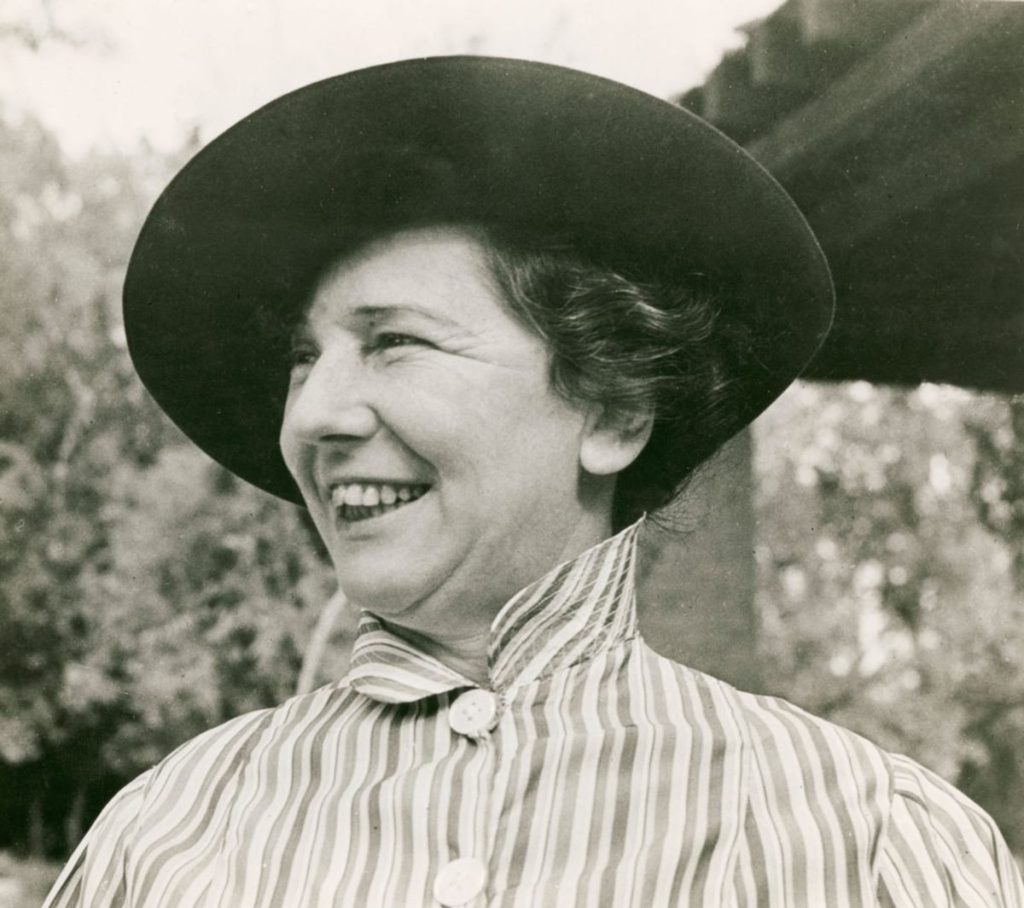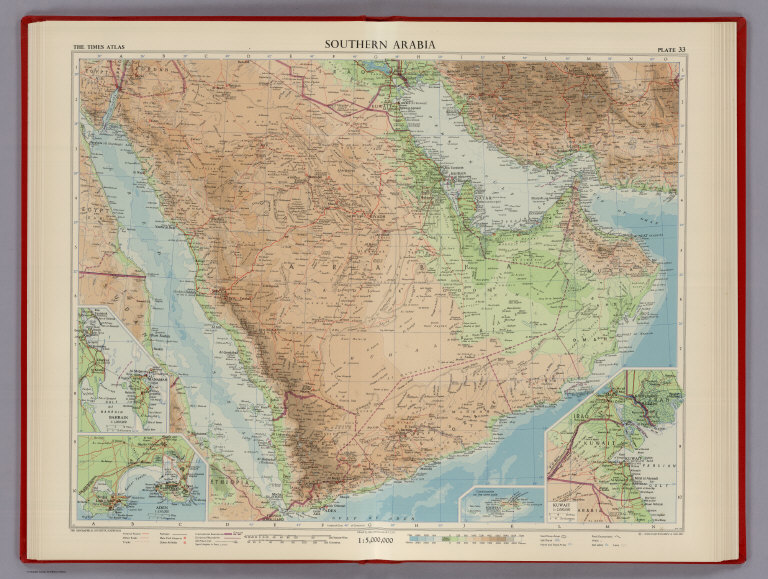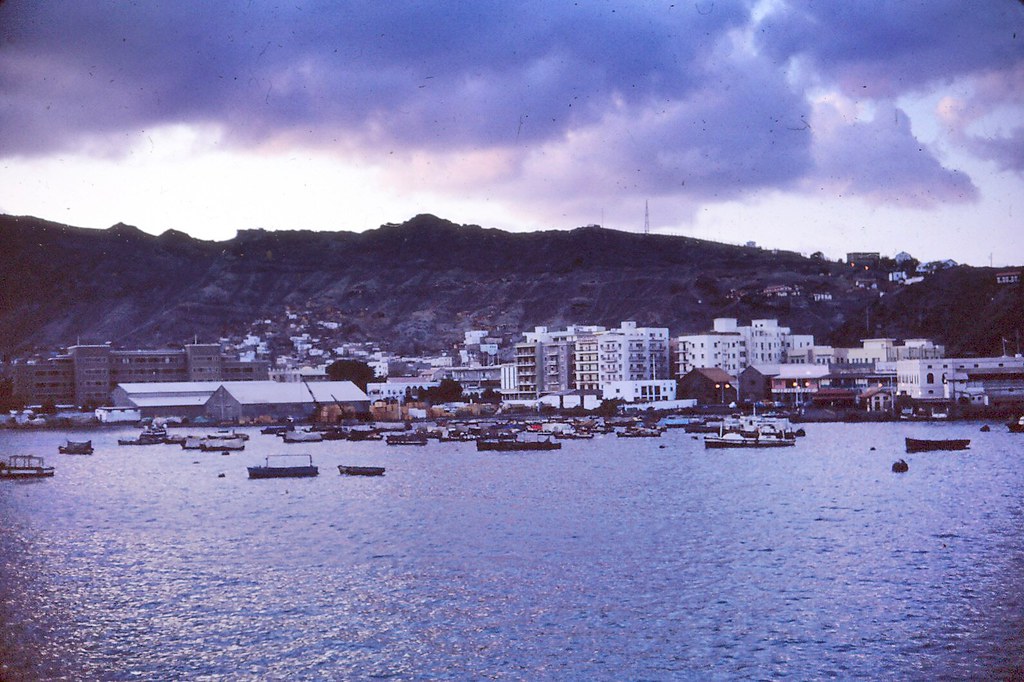
by Cora Buhlert
Aftermath
Last month, I reported about the devastating fire at the À l'Innovation department store in Brussels, which completely destroyed the historic Art Noveau building and cost the lives of more than three hundred people.
Recovery work and investigations regarding the cause of the fire are ongoing. The exact number of the dead is still not known and identifying the victims of the fire is difficult, since many were burned beyond recognition. The unidentified dead were interred in a mass grave on a Brussels cemetery.

On May 30, a memorial service for the victims of the fire was held at the Basilique du Sacré-Cœur church. The young Belgian King Baudouin and Queen Fabiola attended the service. Earlier, King Baudouin had also visited the site of the fire only a few minutes from the royal palace.

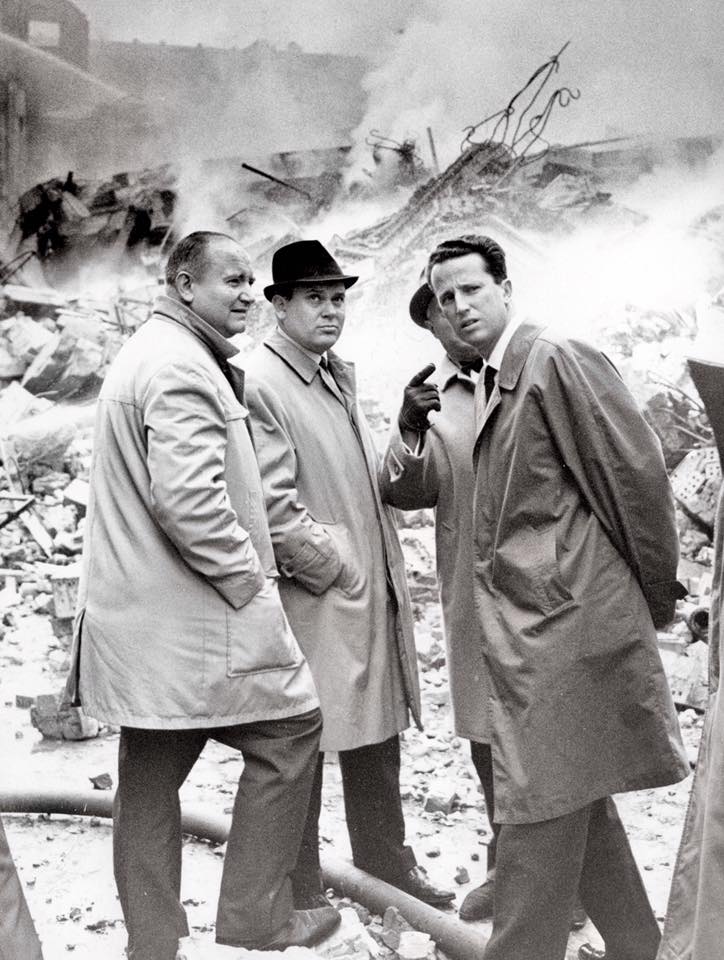
I had hoped to have a more cheerful article for you this month – especially since I found Lin Carter's latest novel Flame of Iridar in the spinner rack of my local import store. However, this was not to be, because not quite two weeks after the Brussels fire, another terrible event struck West Germany, specifically West Berlin.
Fairy Tale Princesses and Dictators
On May 28, 1967, Mohammad Reza Pahlavi, the Shah of Iran, and his third wife Farah Diba arrived in West Germany on a state visit. Normally, this would not be particularly remarkable, since foreign heads of state regularly visit West Germany.
However, the West German tabloid press has a particularly interest in the royal house of Iran, for Shah Mohammad Reza Pahlavi's second wife Soraya Esfandiary-Bakhtiary is the daughter of the Iranian ambassador to West Germany and his German wife, grew up in Berlin and was educated in Switzerland. And when the barely eighteen-year-old Soraya married the Shah in 1951, the tabloid press eagerly reported about "the German girl on the peacock throne".
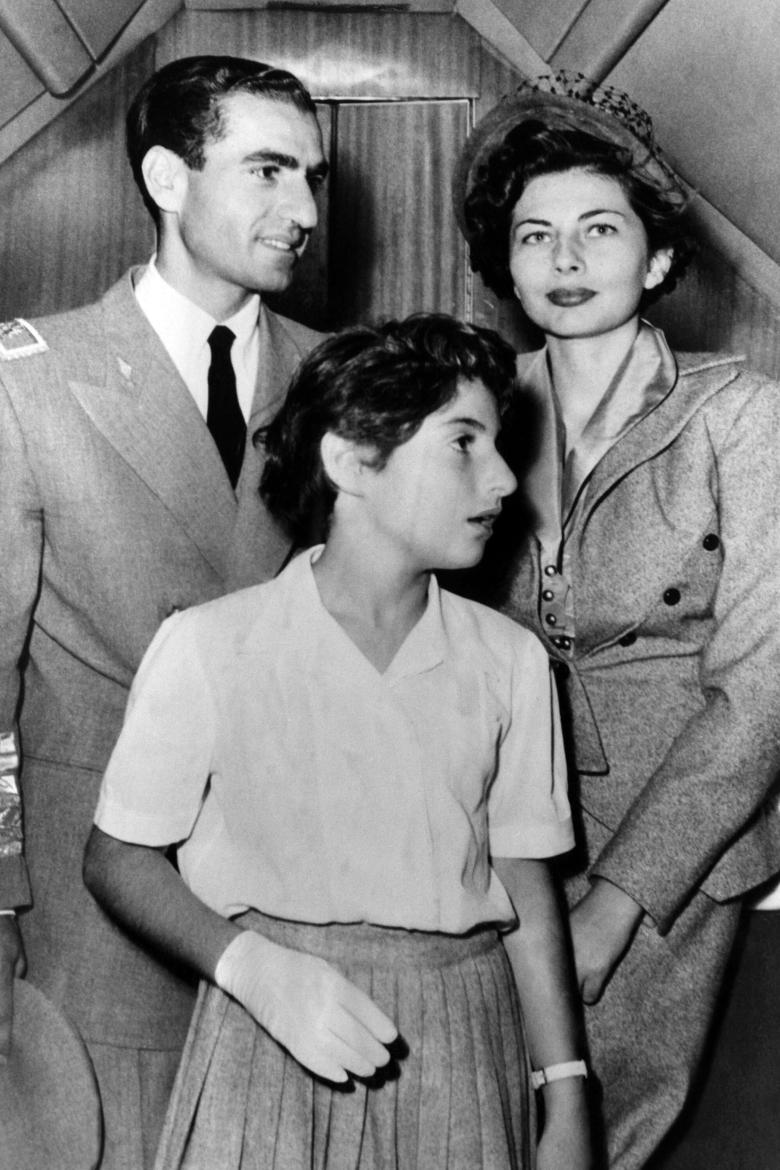

The marriage did not last long and the imperial couple divorced in 1958, when Soraya failed to produce an heir, which did not diminish the tabloids' interest in her at all. However, the gossip press also quickly focussed on her successor, Farah Diba, another young western educated Iranian woman from an upper class background.

Again, this is not particularly remarkable, because the tabloid press likes to print gossip about royalty. However, most of what West German citizens know about the Imperial State of Iran is gossip of questionable veracity about its royal house, filtered through the eyes of two privileged western-educated upper class women. What these gossipy articles – a remarkable number of which are published in the magazines and newspapers of the Axel Springer Verlag – ignore is that Iran is not just a fairy tale land of princesses and peacock thrones. It is also a brutal authoritarian state, ruled with an iron hand by Shah Mohammad Reza Pahlavi, especially since the coup against the democratically elected prime minister Mohammad Mossadegh in 1953, which was backed by the US and the UK, because Mossadegh intended to nationalise the Iranian oil industry, cutting out British and US oil companies.
One of the rare critical articles about the Iranian regime appeared in the June issue of the student magazine konkret, where Ulrike Meinhof, a brilliant young investigative journalist, penned an open letter to Farah Diba criticising the situation in Iran in response to a fawning interview with the Iranian Empress in the gossip magazine Neue Revue. This was not the first frank article Meinhof has written about the Iranian regime. Three years ago, she reported about a hunger strike of Iranian students in West Germany to protest human rights violations in their homeland as well as a state visit of West German president Heinrich Lübke to Iran.

Students versus the Shah
In 1960, Iranian students in West Germany founded the Confederation of Iranian Students (CIS), a leftwing group critical of the Shah and his government. Encouraged by his friend, writer Hans Magnus Enzensberger (whose former wife and brother are members of the leftwing Kommune 1 and were responsible for the disgusting pamphlets about the À l'Innovation fire), CIS co-founder Bahman Nirumand published a critical book about the Imperial State of Iran entitled Persien, Modell eines Entwicklungslandes oder Die Diktatur der Freien Welt (Persia: Model of a Developing Country, or Dictatorship in the Free World) earlier this year. While the book received little notice among the wider West German society, it was widely read among politically interested students and together with the open letter to Farah Diba in konkret galvanised the students of the Free University of (West) Berlin.
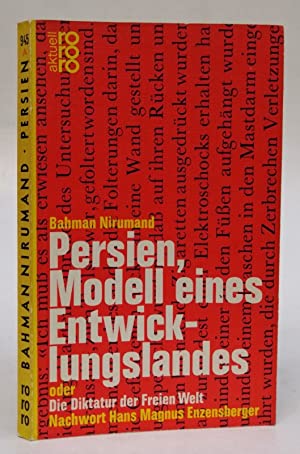
On June 2, the Shah and his wife were due to visit West Berlin. Therefore, the student parliament of the Free University organised a panel discussion about the Iranian regime on the day before. Among those invited to speak at the meeting was Bahman Nirumand. The Iranian embassy in West Germany was incensed and demanded that the panel discussion be cancelled. However, the chancellor of the Free University refused, citing the rights to freedom of speech and freedom of assembly. This is not the first time that the Iranian government has tried to suppress criticism in West Germany, by the way. They have also repeatedly invoked a lese-majeste law dating from the days of the Second German Empire (which ended fifty years ago) in order to have unfavourable news articles retracted.

In the days running up to the panel discussion and the state visit, pamphlets condemning the Shah appeared on the campus of the Free University, including a Wanted poster accusing the Shah of murder. The Kommune 1 felt compelled to interrupt their cheering about the deaths of more than three hundred people in Brussels to publish a pamphlet in which they threatened to pee on the Shah, which is a step up from threatening to throw pudding at US Vice President Hubert H. Humphrey. In another pamphlet, the Kommune 1 also condemned other leftwing groups for not being radical enough. Anti-Shah pamphlets had also been distributed by students at a protest in Munich during the Shah’s visit there.
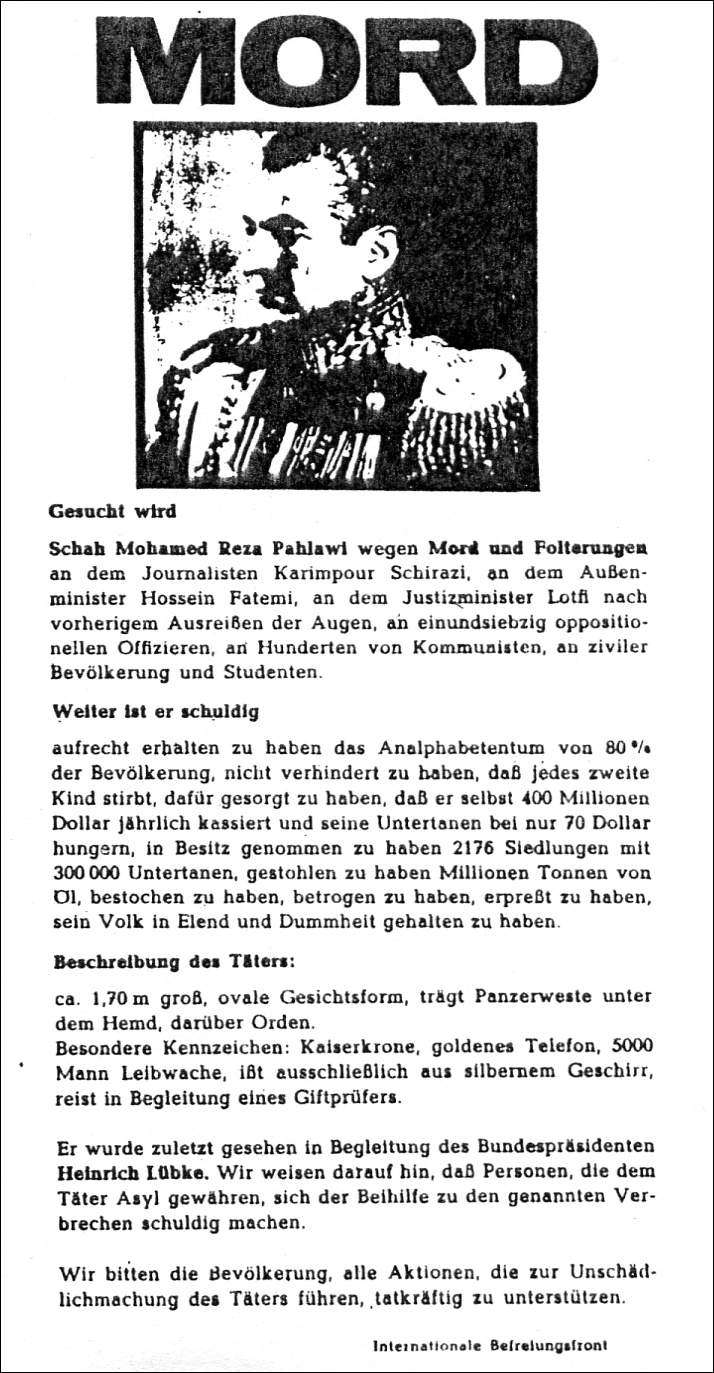

The leftwing student organisation Sozialistischer Deutscher Studentenbund (SDS) had been planning a protest against the war in Vietnam on June 3. However, Nirumand's speech during the panel discussion at the Free University of Berlin galvanised the roughly five thousand students in attendance and it was spontaneously decided to bring the planned protest forward by a day and protest against the Shah's visit. Because – as radical student activist Rudi Dutschke said – fighting against oppression in Iran is also a fight against the war in Vietnam.
No Worries
Among the five thousand students at the panel discussion inside the Audimax auditorium on the campus of the Free University was also Benno Ohnesorg, a 26-year-old student of German and Romance languages and aspiring writer. Ohnesorg had only just married his girlfriend Christa six weeks before and the couple were expecting their first child. Like many students present, Benno Ohnesorg had read Bahman Nirumand's book and was galvanised by the man's speech at the panel discussion.

Benno Ohnesorg was politically interested, a pacifist and member of the Lutheran student church. He had only attended a single protest in favour of education reform before. However, Nirumand's speech persuaded Ohnesorg to take part in the protests planned for the following day. His wife Christa was worried, because there were reports about increasing police brutality during political protests. Ohnesorg (whose surname means "without worries" in German), however, dispelled her fears. It certainly wouldn't be that bad. And so the young couple agreed to attend the protest.
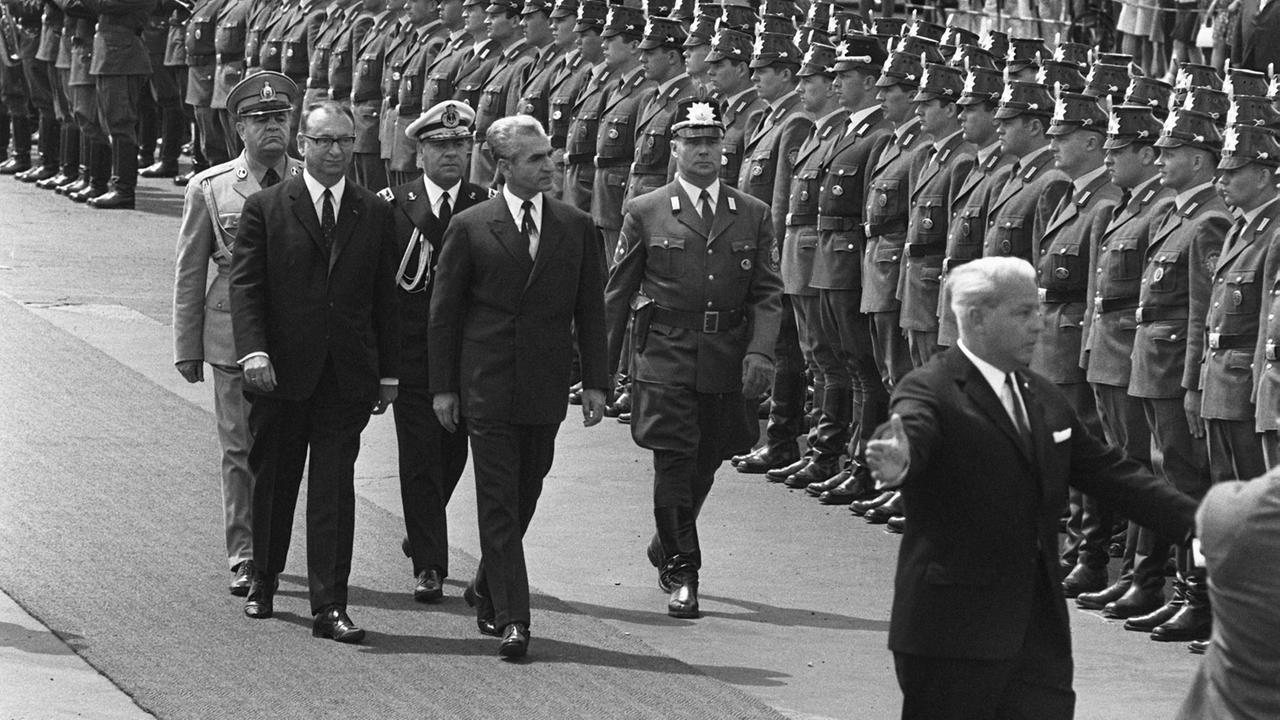
Cheering Persians
However, the students of the Free University of Berlin were not the only ones planning a rally on the occasion of the Shah’s visit to West Berlin. A pro-Shah group of Iranian expats filed for permission to hold a rally outside the Schöneberger Rathaus, where the Shah and his wife were due to sign West Berlin’s official visitor book. This group was remarkably well organised and bussed in some 150 Shah supporters, many of them young men in dark suits. They were carrying placards and portraits of the Shah attached to wooden sticks. It later turned out that these Shah supporters were not regular Iranian expats at all, but members of the Iranian secret police SAVAK who had been explicitly flown in. Others had been paid to attend the rally and cheer for the Shah. The press has since called them "Jubelperser", i.e. cheering Persians.

Meanwhile, the student protesters were also congregating outside the Schöneberger Rathaus, on the very same spot where John F. Kennedy held his famous "Ich bin ein Berliner" speech almost four years ago. Several of the students wore paper bags with stylised portraits of the Shah and Farah Diba over their heads. Also present were many overwhelmingly elderly Berliner housewives hoping to catch a glimpse of the tabloid empress Farah Diba.

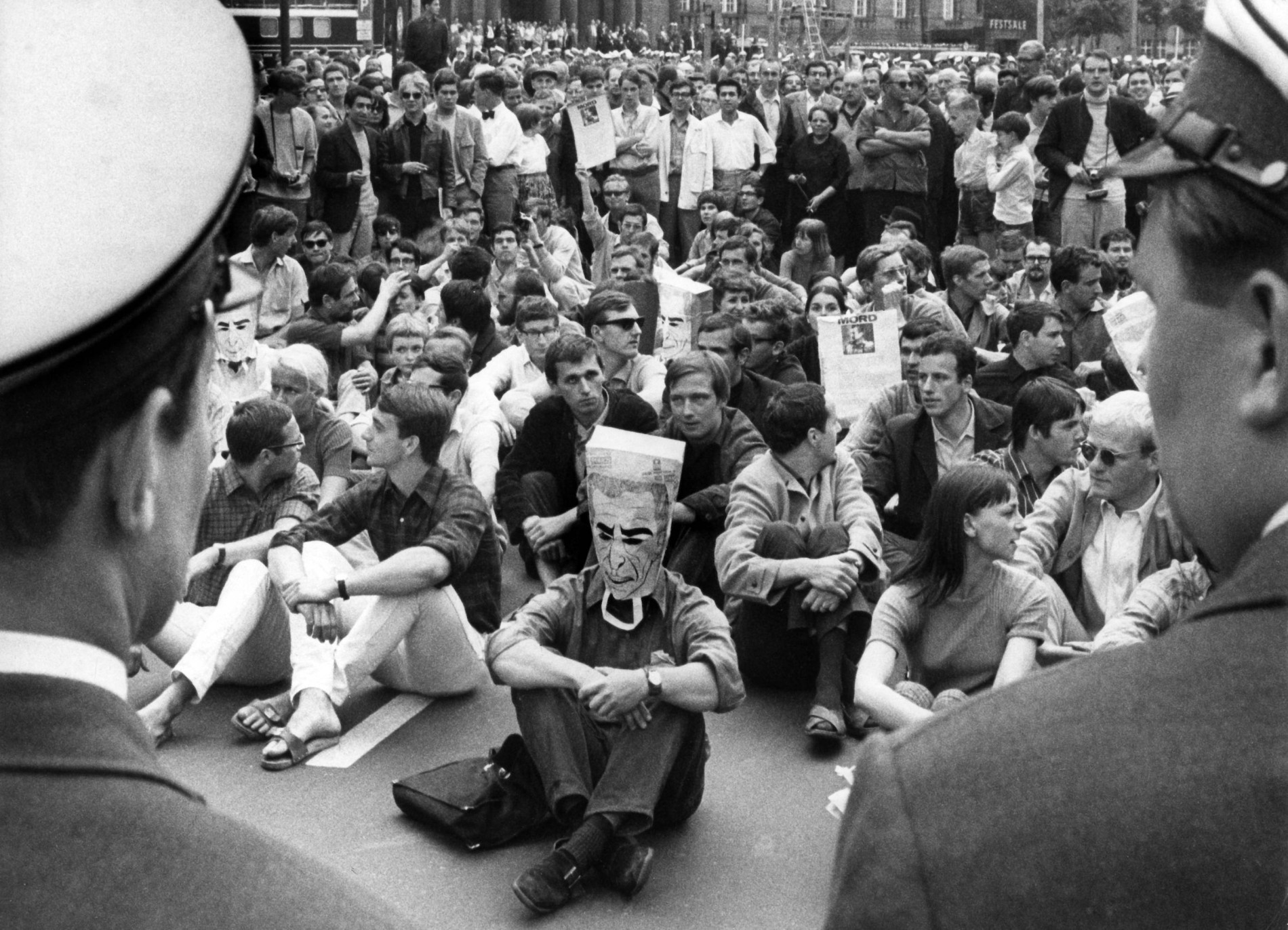
The key to managing protests by rival groups is to keep protesters and counter-protesters separated to prevent clashes. The West Berlin police completely failed in this, even though they had orders to keep Shah supporters and anti-Shah protesters apart. Furthermore, the West Berlin police were on edge, because there had been rumours about a planned attempt on the Shah's life as well as the Kommune 1 threatening to pee on the Shah. And so the John-F-Kennedy-Platz in front of the Schöneberger Rathaus quickly descended into scenes of pandemonium.
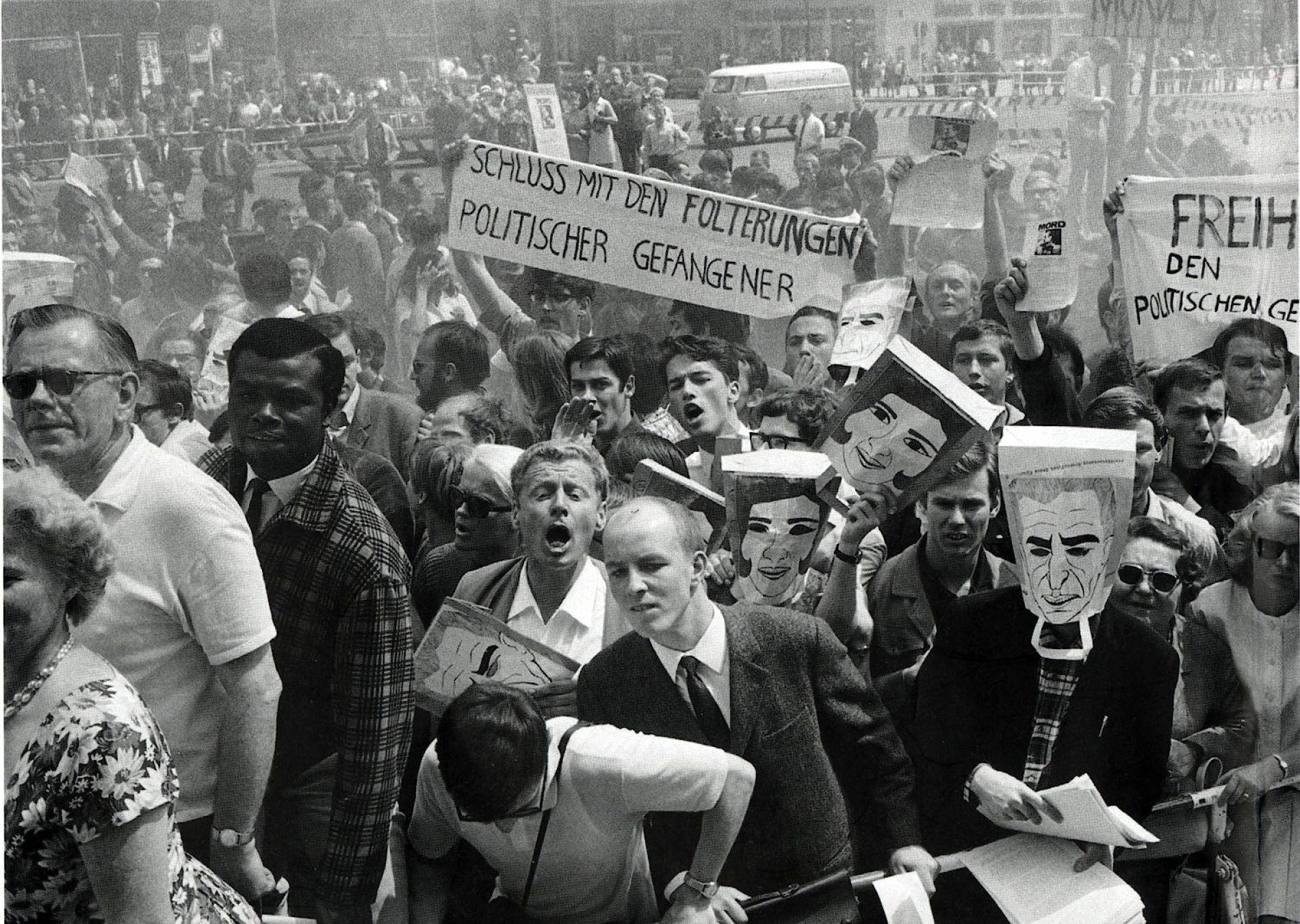
When the Shah and his wife arrived, the cheering Persians did what they had been hired to do and cheered on the Shah. The student protesters countered by chanting "Murderer, Murderer", while the elderly housewives still hoped to catch a glimpse of Farah Diba. So far, it was still a normal, if lively and noisy protest.

But then, the Shah supporters tore the placards from the wooden sticks, broke through the police lines and started beating up the student protesters, seriously injuring many protesters and even bystanders, while the West Berlin police stood by and did… absolutely nothing. The only people arrested were five student protesters. None of the cheering Persians were arrested. There even are reports that some police officers cheered on the battering Persians and started beating up students themselves.
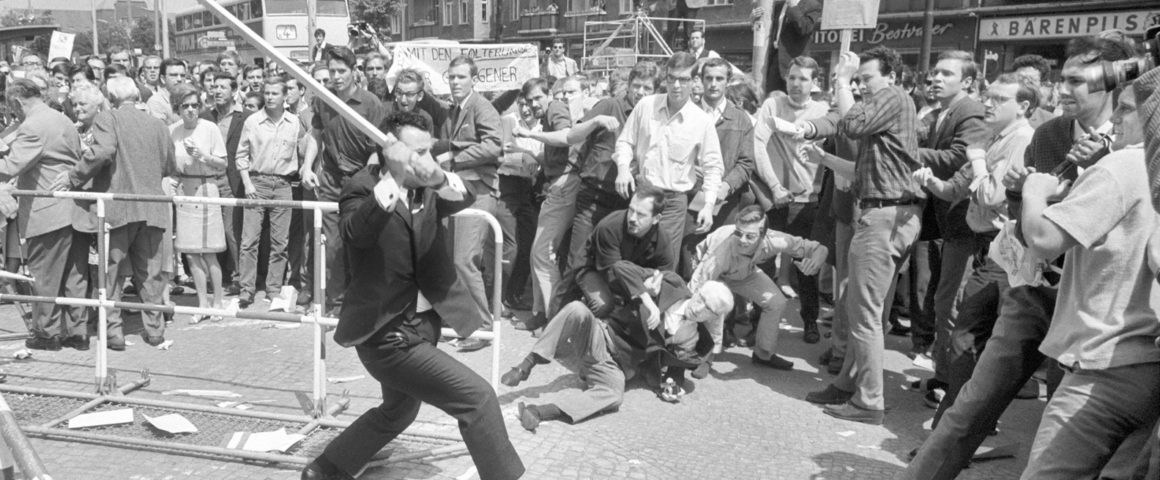

Up to this point, I had been fairly neutral about the Shah of Iran and his visit to West Germany. Make no mistake, the Shah is a dictator, but there are many terrible regimes and dictators in the world and when they chance to visit West Germany, they have to be treated like any other head of state. However, when a foreign politician visits West Germany, they also have to accept that we have freedom of speech and freedom of assembly here and that yes, there might be angry protesters chanting unpleasant things.
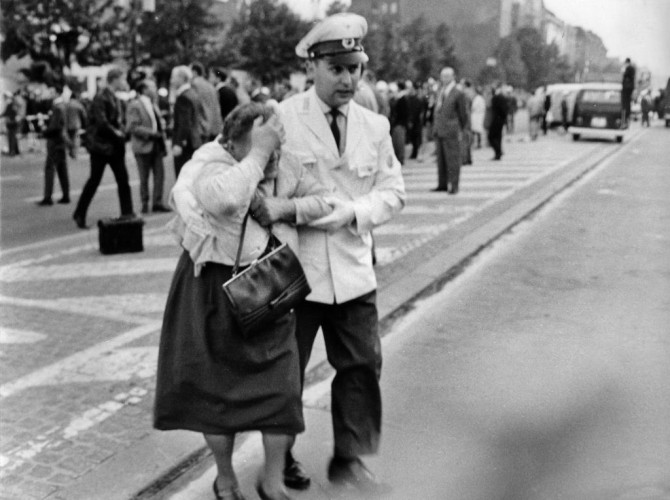
But once I saw footage from the riot outside the Schöneberger Rathaus and heard reports from a friend who was there, I found myself seething with rage at the Shah and his cheering Persians. For while no one in West Germany can stop the Shah and his secret police from beating up protesters in Iran, they have no right to beat up protesters here in West Germany. The West Berlin police should have arrested those cheering and battering Persians and put them on the next plane back to Iran. And they should have sent the bloody Shah and his wife back as well, since royalty or not, even a Shah can't just flaunt our laws.
But things got even worse…
Fox Hunting Outside the Deutsche Oper
That evening, the Shah and his wife were due to attend a performance of Mozart's The Magic Flute at the Deutsche Oper opera house together with West German president Heinrich Lübke and West Berlin mayor Heinrich Albertz. Given Lübke's nigh legendary lack of education, I would almost have felt sorry for the Shah and Farah Diba for having to endure such a stupid man, if not for the terrible scenes in front of the Schöneberger Rathaus.


The student protesters congregated outside the Deutsche Oper, among them Benno Ohnesorg and his wife Christa. The West Berlin police were also there in force to cordon off the area in front of the opera house, so the honoured guests could enter without being troubled by chanting students. Shortly before the Shah himself appeared, the cheering Persians arrived at the opera house in two rented busses, once again remarkably well organised for an expat group that had only been founded one day before.

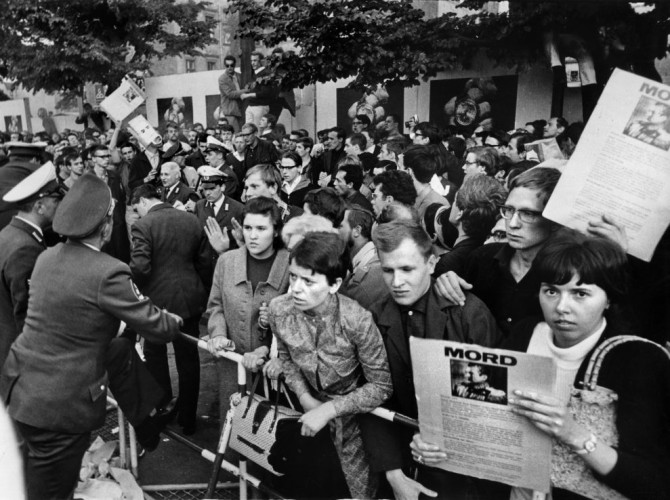
The student protesters chanted slogans and some of them threw eggs and tomatoes taken from a van parked at the curb as well as rubber rings "borrowed" from a building site onto the road outside the opera house, though none of the missiles even came close to hitting the Shah or any of the other opera guests. The cheering Persians started a counter chant, as the Shah and his wife entered the opera.
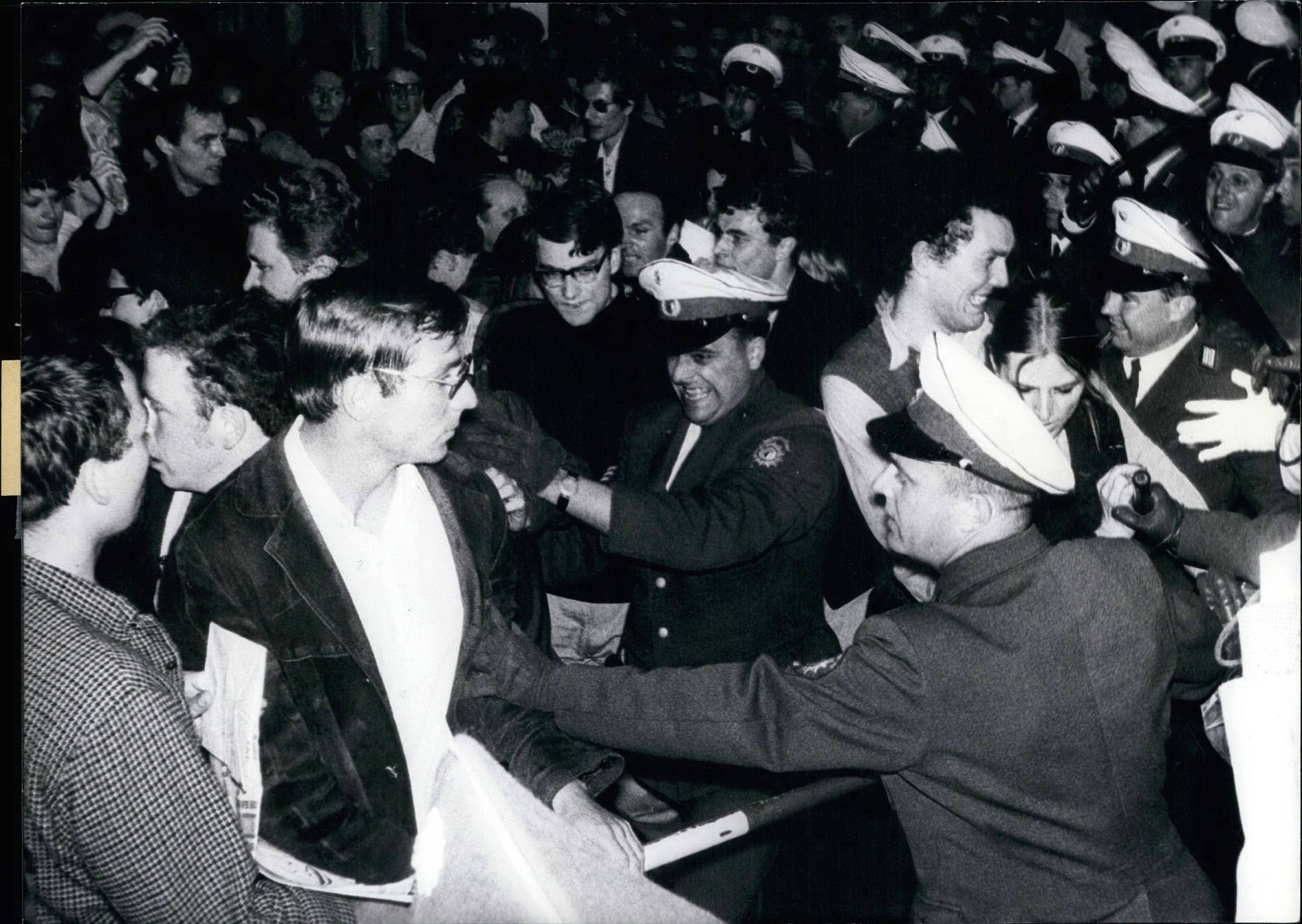
This time around, the West Berlin police did not just stand by and do nothing, but actively grabbed individual student protesters, alleged ringleaders, from the crowd to beat them up on the street, a tactic that the West Berlin police had also employed during previous protests. Infuriated, some students started hurling stones from a nearby building site at the police. A police officer received a cut to the scalp, which bled heavily.
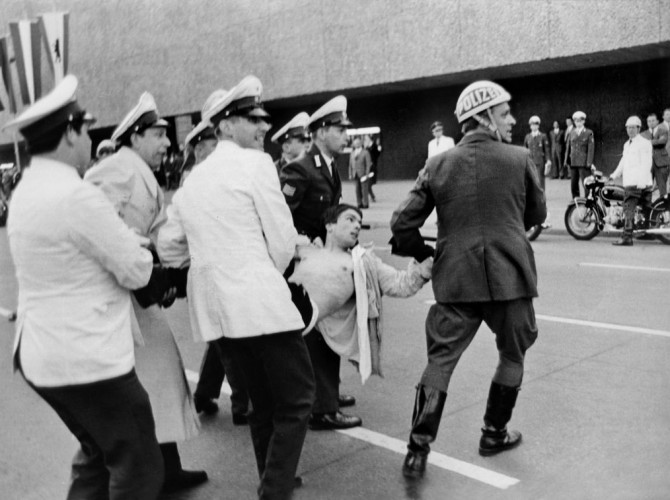

Once the Shah was inside the opera house, many of the students prepared to go home, since the performance would take three hours and few wanted to wait so long for the Shah to emerge. Among the students heading home was also the five months pregnant Christa Ohnesorg, who was appalled by the violence and feared for her safety and that of her unborn child. Her husband Benno stayed behind. It was the last time Christa would see him.
Around this time, rumours spread that a police officer had been stabbed by a protester. This rumour was false, but nonetheless all hell broke loose, as the police decided they would go "hunting foxes" as they put it.
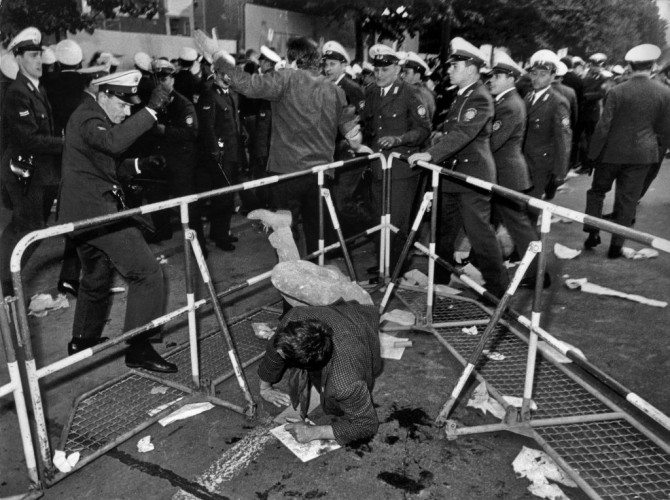
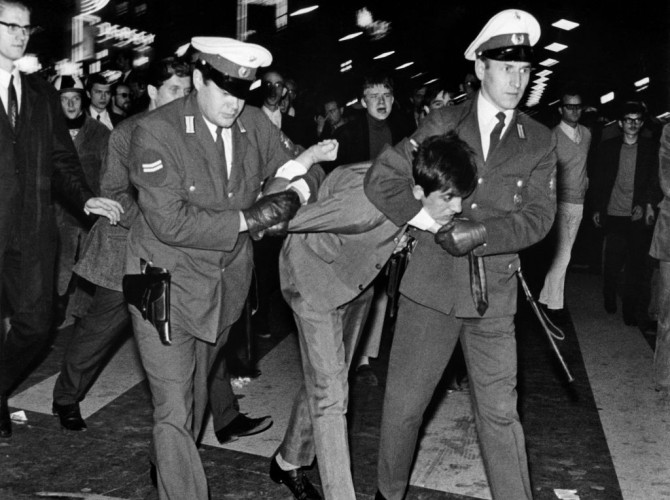
The police officers surrounded the students and began indiscriminately beating up the protesters with the cheering Persians joining in. Hereby, the West Berlin police did not care whether the students were ringleaders or bystanders, male or female, whether they were aggressive or cowering in fear. They beat everybody they could get their hands on with their truncheons. Even passers-by who had not been part of the protest at all were attacked, when they tried to help injured or fallen students or simply if they got in the way of the police officers. Not even nurses and paramedics trying to help the wounded were safe from attack. Meanwhile, protesters who were taken to hospital often found themselves subjected to further abuse, particularly young women, who were called "sluts" for daring to wear short skirts, the mini-skirt apparently still being a new and shocking thing in the isolated enclave of West Berlin.

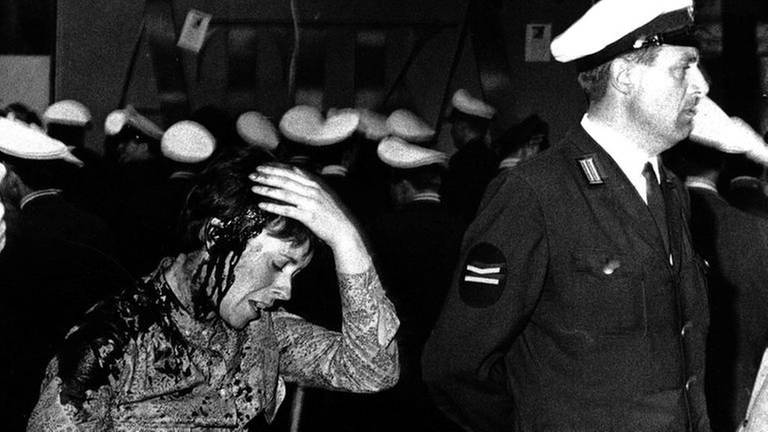
Erich Duensing, a former officer in Hitler's general staff who is now chief of the West Berlin police, cynically described the actions of his officers as "liverwurst tactic" – puncture it in the middle and the contents will be squeezed out on the sides. Cynical as it is, this is also an accurate description of what happened. Horrified by the violence, the student protesters ran away and the police gave chase, beating anybody they could grab hold off.
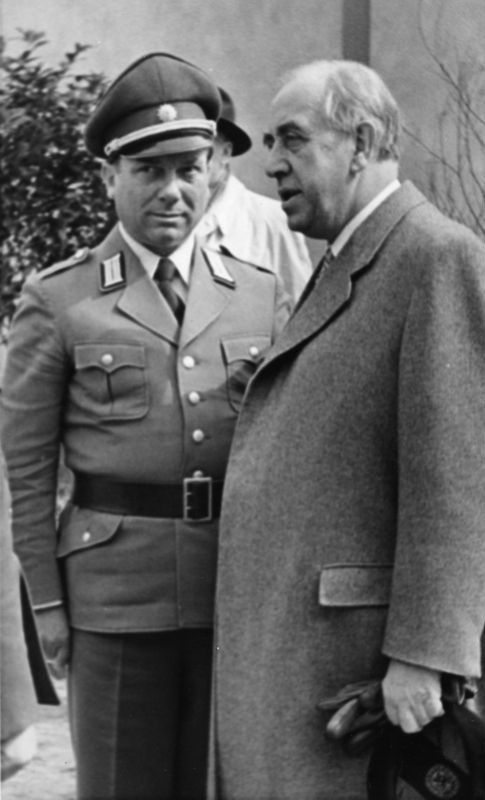
A Shot in the Night
Among the students who ran away was also Benno Ohnesorg. Together with other students, Benno Ohnesorg found himself driven into a narrow street opposite the opera house called Krumme Straße (Crooked Street). He witnessed police officers grabbing a student and carrying him off into a backyard just off the Krumme Straße, beating him all the way. Together with other students, Benno Ohnesorg followed in order to help or at least try to persuade the police to leave the student alone.
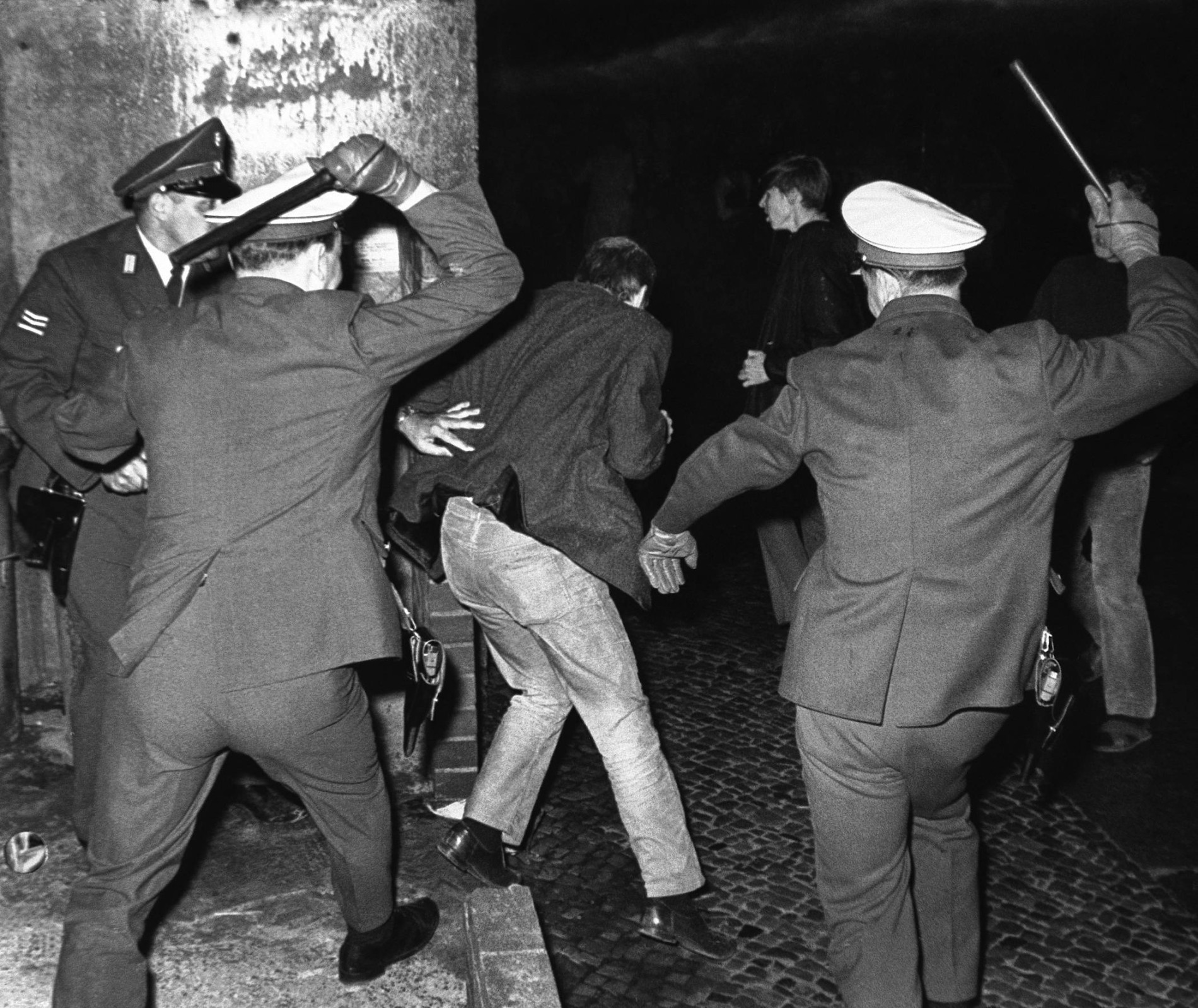
One of the reporters on site noticed the group of students following the police officers into the backyard and informed other police officers – whether maliciously or out of genuine concern for everybody's safety is not clear. At any rate, the police cordoned off the backyard, trapping the students, including Benno Ohnesorg. Then they began beating up their prey. Nine-year-old Hansi B., who witnessed the entire scene from his bedroom window, later reported that it was like a real life game of cops and robbers or cowboys and Indians.
According to eye witness reports, Benno Ohnesorg hung back and did not attack or provoke the police officers. He then attempted to flee, but was held back and beaten up by the West Berlin police. Benno Ohnesorg raised his hands and on a tape recorded by the radio station Südwestdeutscher Rundfunk SWR, someone – likely Ohnesorg himself – can be heard saying, "Please don't shoot." Then, around half past eight, a shot rang out in the Berlin evening, and Benno Ohnesorg collapsed onto the pavement of the backyard off the Krumme Straße. The young witness Hansi B. said that only when "the man in the red shirt" did not get up again, did he realise that what he'd just witnessed from his bedroom window was not a game of cops and robbers at all, but deadly serious.
On the SWR tape, the voice of a police officer can be heard shouting "Are you crazy shooting in here?" "It just went off," another voice answered. This voice, as we now know, belongs to Karl-Heinz K., a 39-year-old plainclothes officer of the West Berlin police. "Go to the back. Quickly," the first voice ordered.
While the police officers were arguing, Friederike Dollinger, a 22-year-old student of history and Latin, bent over the fatally injured Benno Ohnesorg, put her handbag under his bleeding head and yelled at the police officers to call an ambulance, a scene that was caught on camera by photographer Jürgen Henschel.
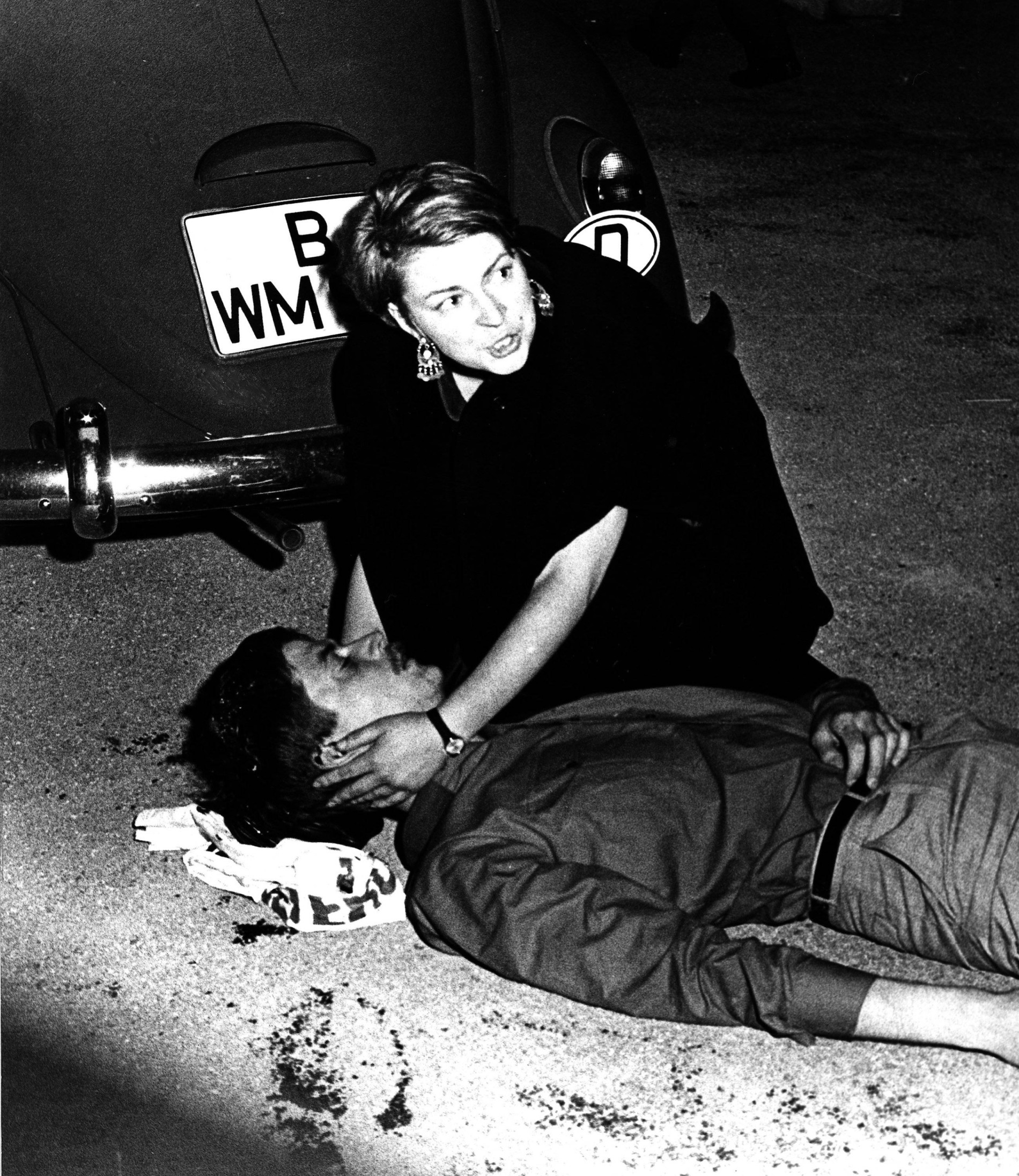
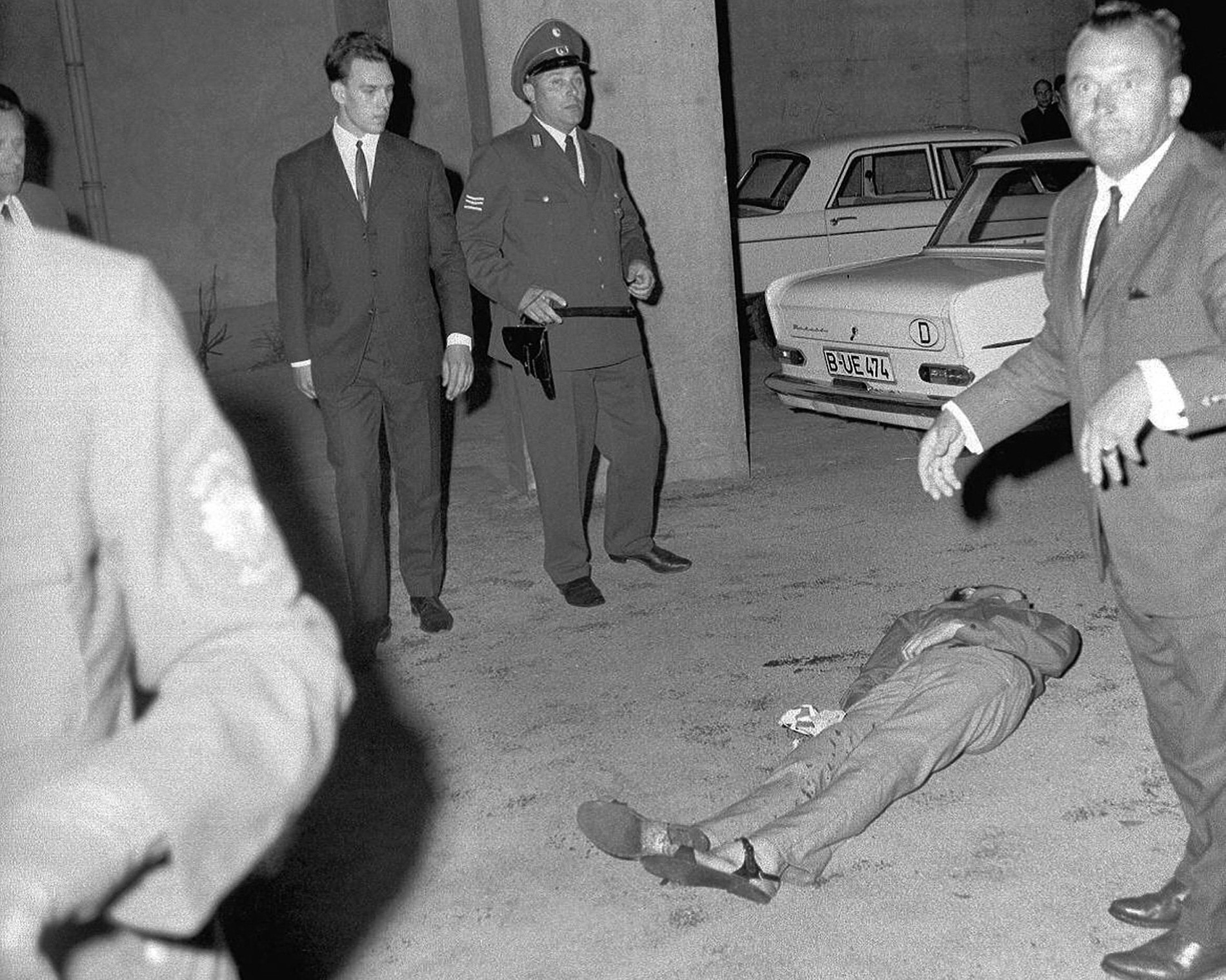

The police officers refused to call an ambulance and even attacked a nurse and a medical student, who attempted to give first aid to Benno Ohnesorg. And so it took twenty minutes after the fatal shot, until an ambulance finally arrived to take Benno Ohnesorg to hospital. And because two nearby hospitals were already filled to capacity with injured protesters, it took forty-five minutes until Benno Ohnesorg finally arrived at the Moabit hospital. By that time, he was dead.
Lies and Cover-ups
The death certificate of Benno Ohnesorg lists a basal skull fracture, sustained as he fell to the pavement, as the cause of death. However, a post-mortem carried out the following day revealed a bullet wound in the back of Benno Ohnesorg's head, fired at a distance of approximately one and a half meters. During the post-mortem, it was also discovered that a part of Benno Ohnesorg's skull, the part with the bullet hole, had gone missing during the night, most likely to cover up the true cause of death, though the bullet itself was still stuck inside Ohnesorg's brain.
Meanwhile, police officer Karl-Heinz K. came up with a new explanation for why he shot an unarmed man in the head every other hour. Initially, Karl-Heinz K. claimed that he had fired a single warning shot, then it was two warning shots, then one warning shot and a second shot, which accidentally went off. Finally, Karl-Heinz K. claimed that several students were threatening him with knives, whereupon he drew his gun, fired and hit Ohnesorg. However, according to Hansi B., probably the closest thing to a neutral witness in this case, there were no students armed with knives. Instead, "the man in the suit [Karl-Heinz K.] drew a pistol and shot the man in the red shirt [Ohnesorg]".
The West Berlin police, aided and abetted by the West Berlin senate and the tabloid press, tried to portray Benno Ohnesorg as a ringleader and aggressive radical, who brought his fate upon himself. Once again, this is demonstrably wrong, since everybody who knew Ohnesorg described him as a quiet pacifist, politically interested but not a radical. And even if you don't want to believe the people who actually knew Ohnesorg, the fact that he was shot in the back of the head belies claims that he threatened Karl-Heinz K.
Students in West Berlin and all of West Germany were understandably furious both at the police violence and at what many of them consider a political murder. Protests and solidarity marches were held in many West German cities, except for West Berlin itself, where the police and the courts banned all public protests. They also tried to ban meetings and protests on the campus of the Free University, but once again the chancellor and several deans refused, citing the fact that freedom of assembly and freedom of speech are guaranteed rights in the West German constitution.

A Dark Day
June 2, 1967 was a dark day for the Federal Republic of West Germany. Not only were peaceful protesters beaten and attacked by the very police force supposed to protect them, but the secret police of a foreign country was also allowed to run riot in the streets of a West German city. Even worse, a 26-year-old young man, an aspiring writer and teacher, a new husband and father-to-be, senselessly lost his life.
There are fears that the shooting of Benno Ohnesorg will further radicalise the student movement. These fears are not without justification. Because more and more students realise that their protests are not only ignored, but met with violence. So far, those who call for more radical actions are fringe elements, like the Kommune 1. But their numbers might well grow.
Furthermore, West Germany needs to rethink its relationship with dictators like the Shah of Iran. Because right now, even the worst dictator is welcomed with open arms, as long as they are not communist and have something to sell that West Germany wants or needs, oil in the case of Iran. Foreign heads of state must also accept that when they visit West Germany, they are bound by our laws and cannot just have protests banned or have their own secret police beat up West German citizens in the streets of a West German city.
We also need to tackle the problem of former Nazis in positions of authority in West Germany more than twenty years after the end of the Third Reich. It is well known that the West Berlin police force, probably the most militarised in the country, consists to more than fifty percent of former Wehrmacht members and officers who already served during the Third Reich. And the fact that many of the student protesters reported that police officers hurled not just anti-communist but antisemitic slurs at them shows that these leopards have not changed their spots.
Moreover, we need to discuss the role of the tabloid press, particularly the newspapers and magazines published by the conservative Axel Springer Verlag, in both fawning over the Shah and his wife and demonising the student protesters as Communists, terrorists or worse.
Finally, the shooting of Benno Ohnesorg must be investigated thoroughly and without bias and police officer Karl-Heinz K. must stand trial for shooting an unarmed man in the head. Because only justice for Benno Ohnesorg will calm the enraged Left in West Germany.


![[June 6, 1967] Blood in the Streets of West Berlin: The Shah Visit and the Shooting of Benno Ohnesorg](https://galacticjourney.org/wp-content/uploads/2022/06/schahbesuch02061967-1160x480-1-672x372.jpg)

![[June 4, 1967] The Daleks Stoop To A New Low… Vehicle Theft! (<i>Doctor Who</i>: The Evil Of The Daleks [Part 1])](https://galacticjourney.org/wp-content/uploads/2022/06/660604dalek-672x372.jpg)

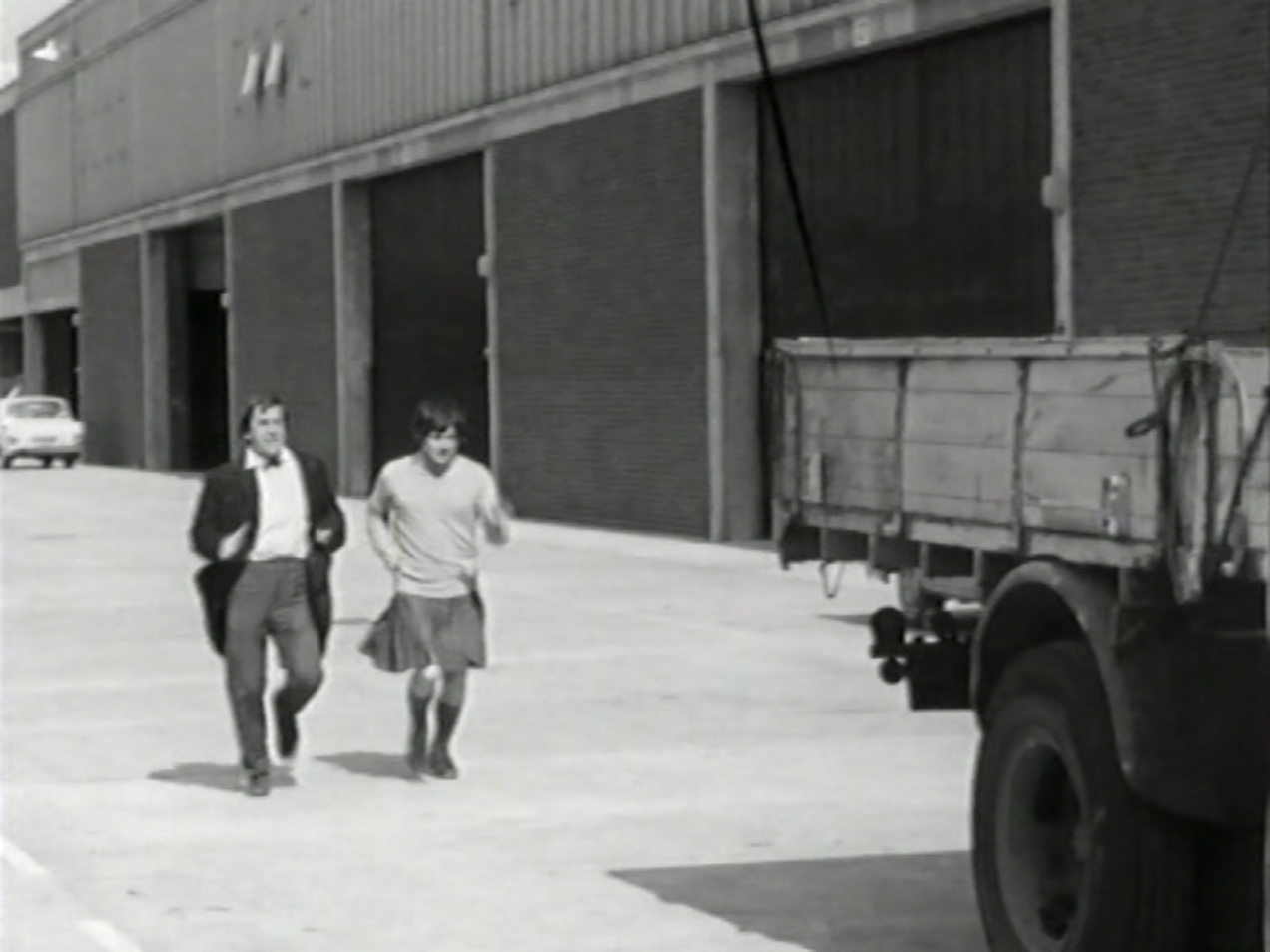
![[June 2, 1967] Uneasy Alliances (July 1967 <i>IF</i>)](https://galacticjourney.org/wp-content/uploads/2022/05/IF-Cover-1967-07-672x372.jpg)


 l.: Colonel Yakubu Gowon of Nigeria. r.: Colonel Odumegwu Ojukwu of Biafra.
l.: Colonel Yakubu Gowon of Nigeria. r.: Colonel Odumegwu Ojukwu of Biafra.  Joe Miller is the most fearsome warrior these vikings have ever seen. Art by Gaughan
Joe Miller is the most fearsome warrior these vikings have ever seen. Art by Gaughan![[May 31, 1967] Phoning it in (June 1967 <i>Analog</i>)](https://galacticjourney.org/wp-content/uploads/2022/05/670531cover-672x372.jpg)



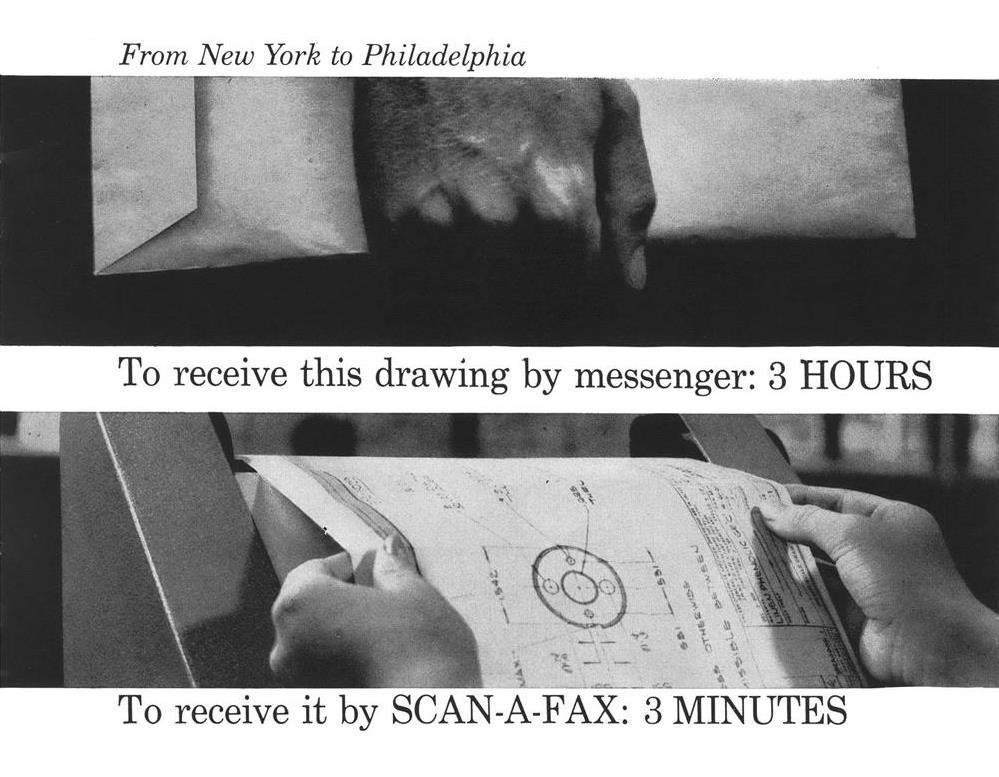





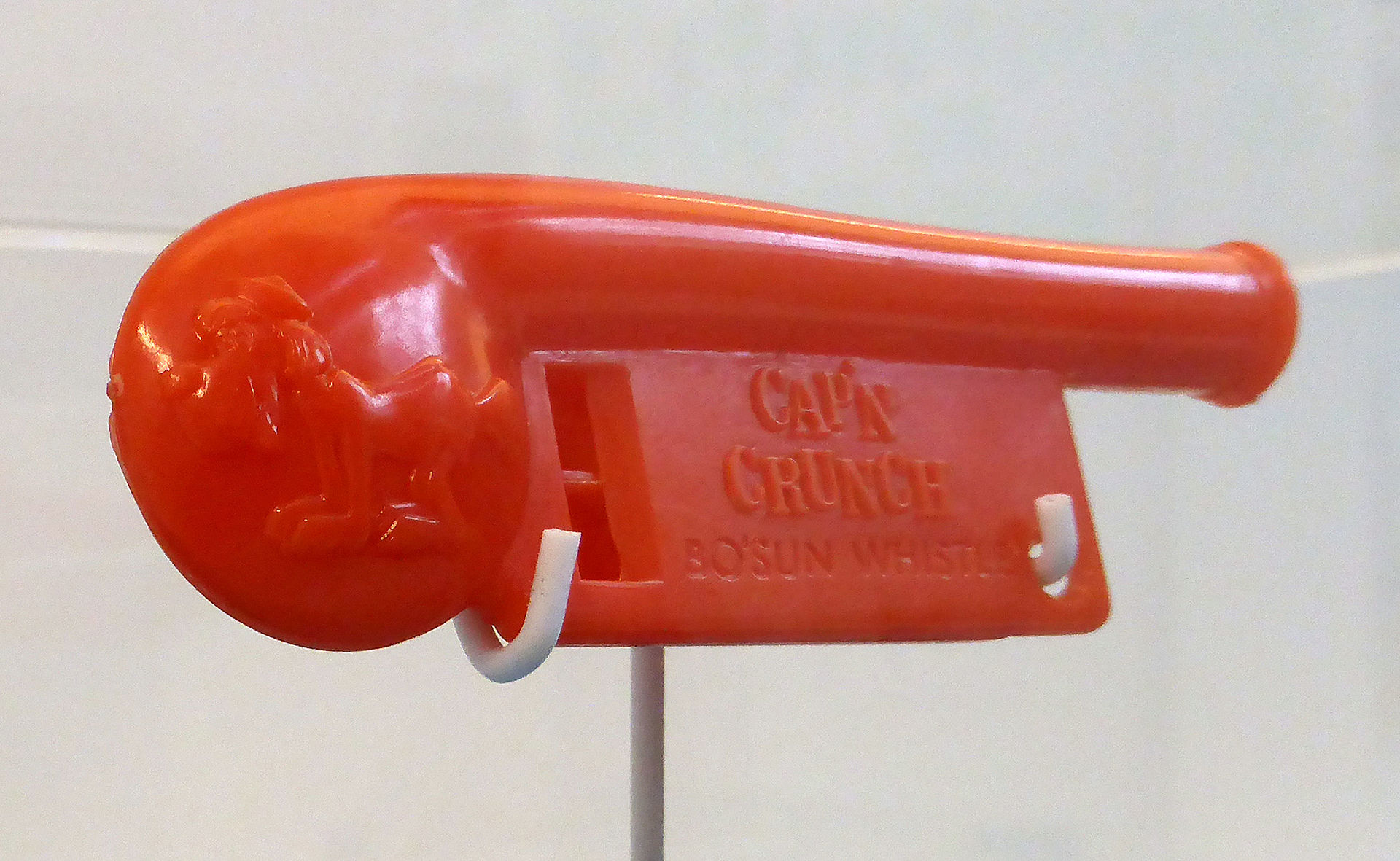

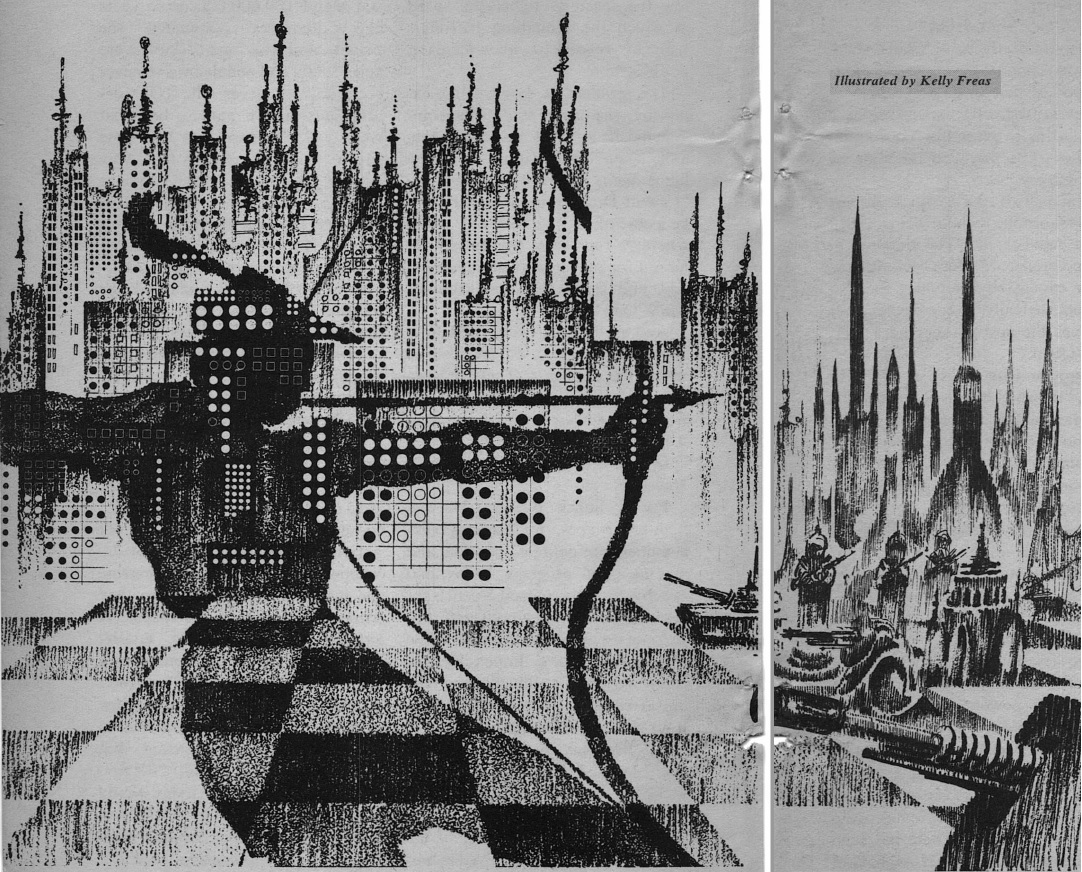
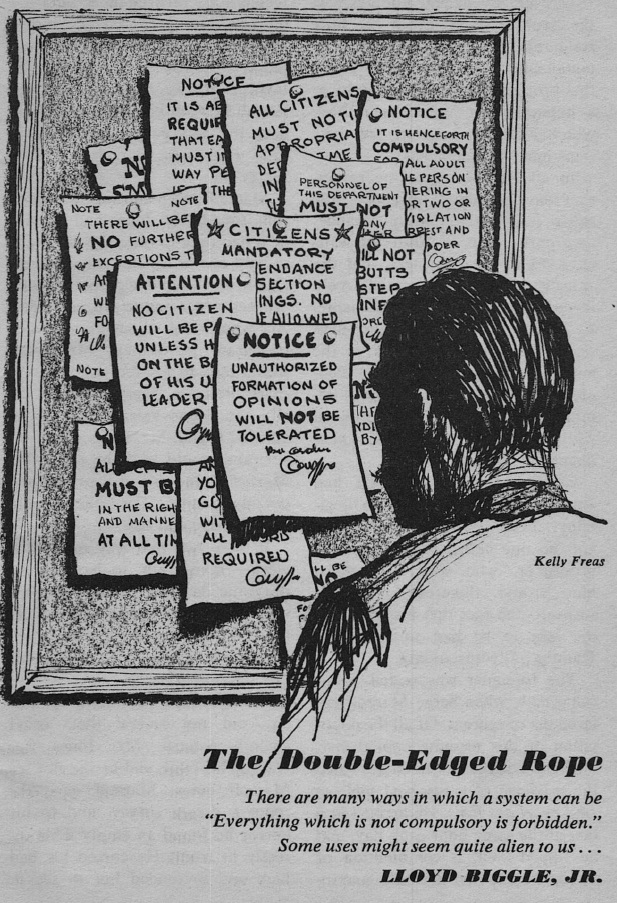

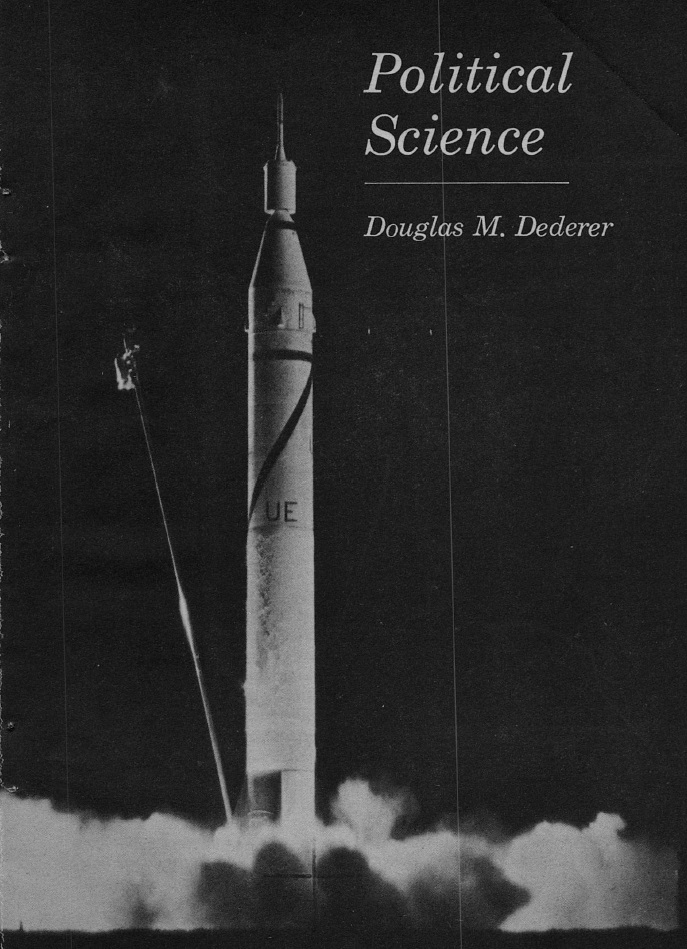
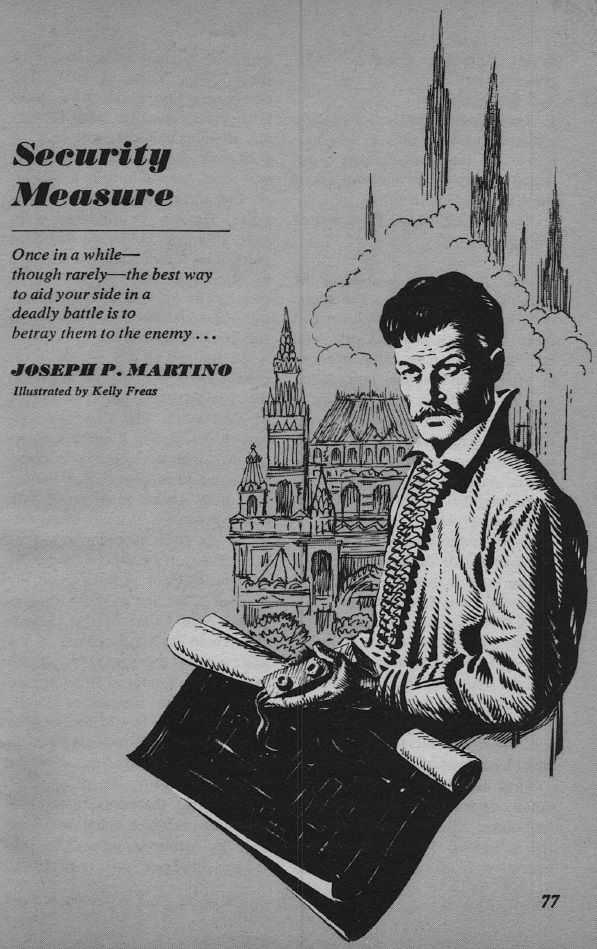

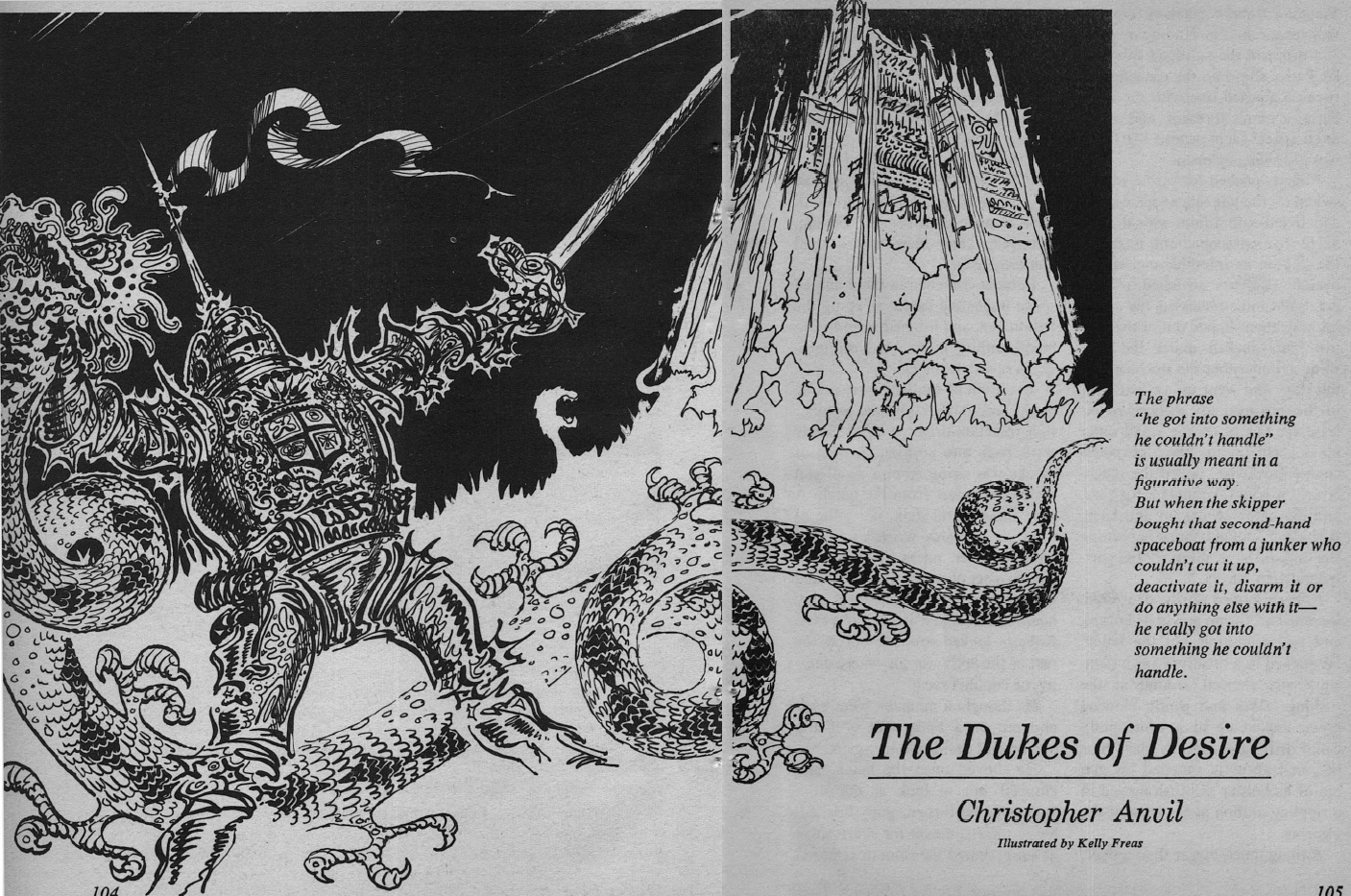

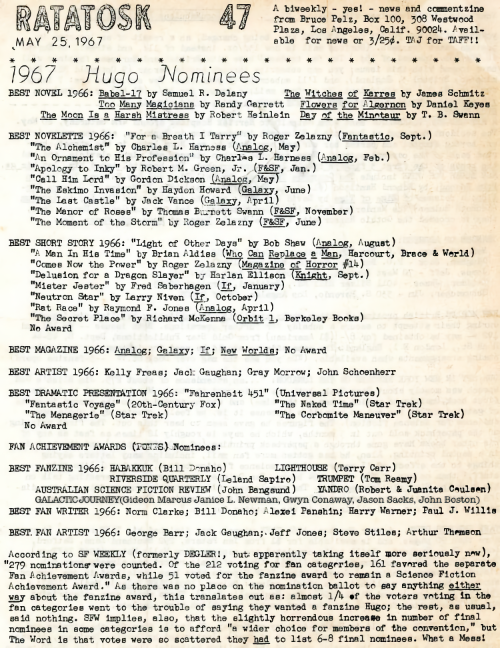

![[May 28, 1967] Around the World in 80 Months (May 1967 Space Roundup)](https://galacticjourney.org/wp-content/uploads/2022/05/670528earth-672x372.jpg)









![[May 26, 1967] Flames over Brussels: The <i>À l'Innovation</i> Department Store Fire](https://galacticjourney.org/wp-content/uploads/2022/05/EYnHrqQWAAAAOAu.jpg)
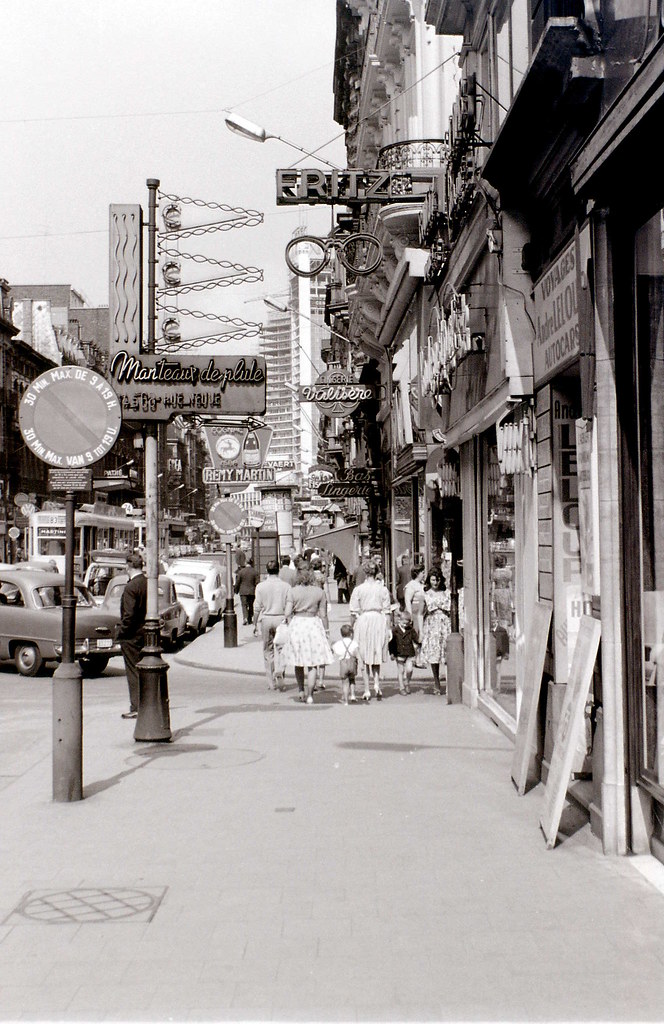
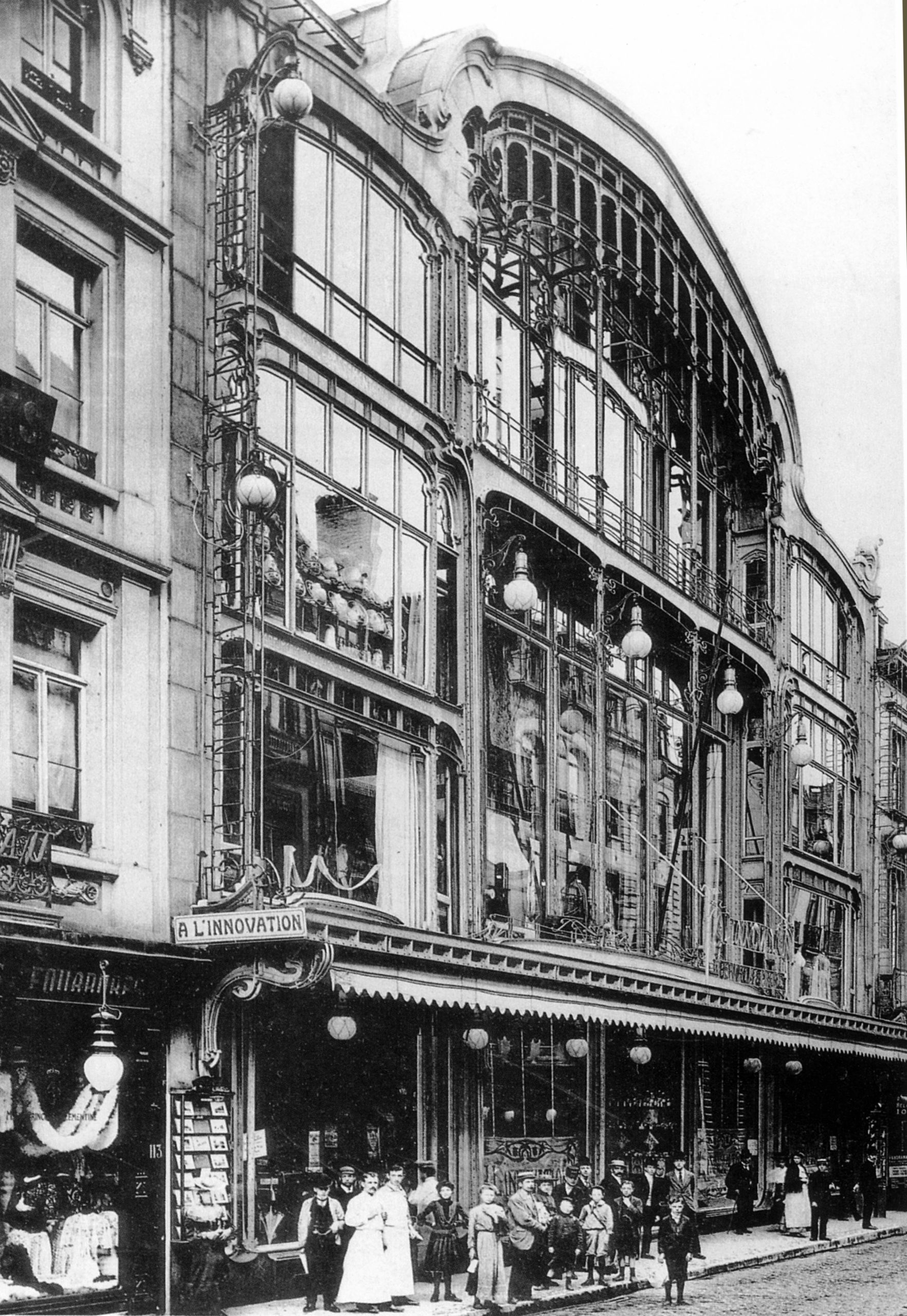


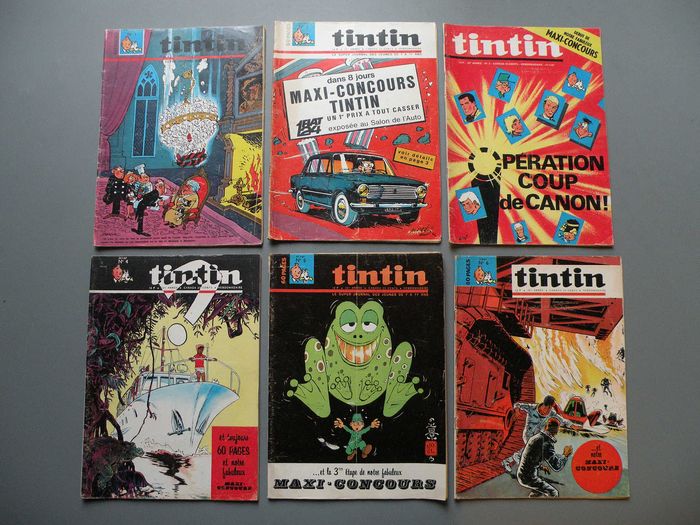

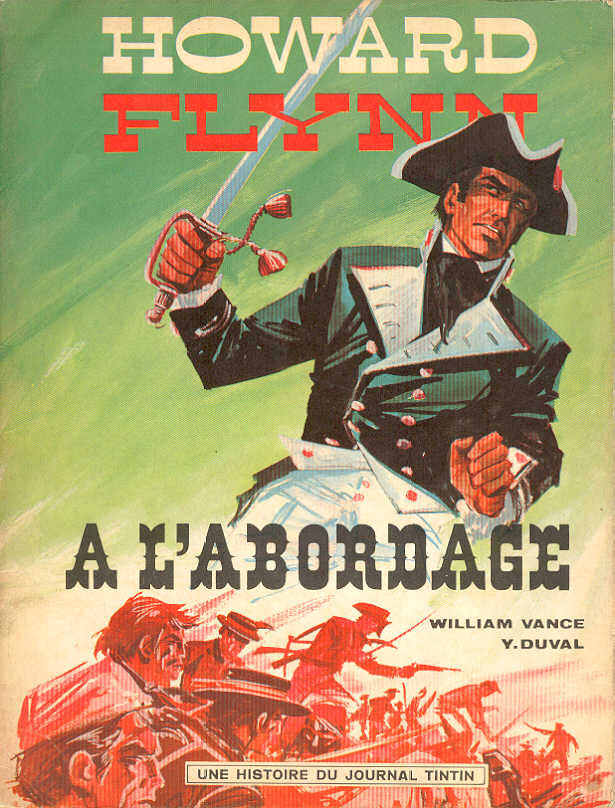
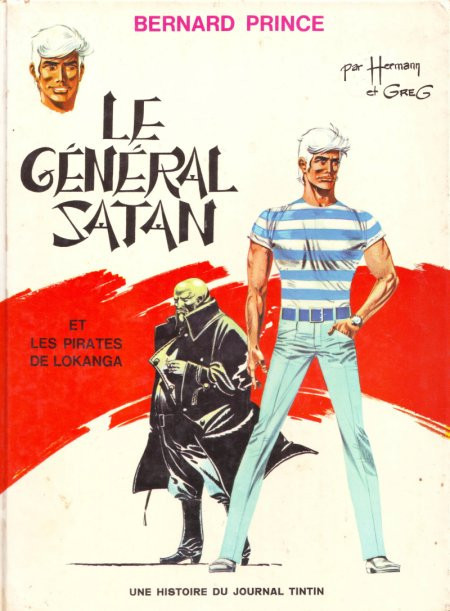
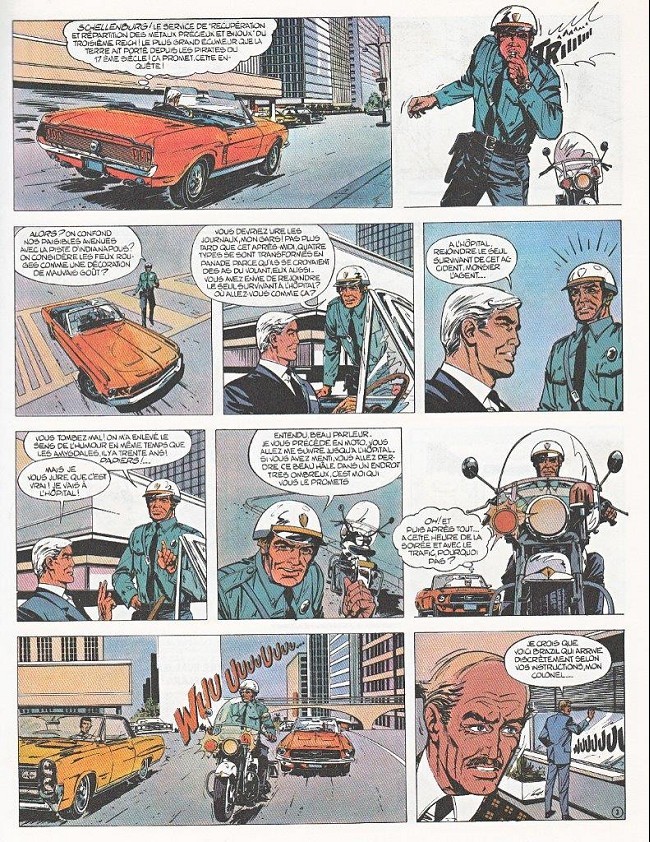



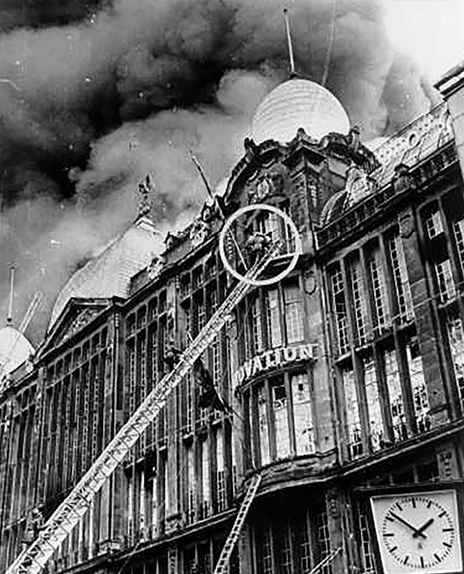


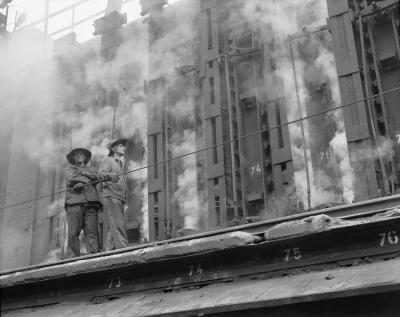



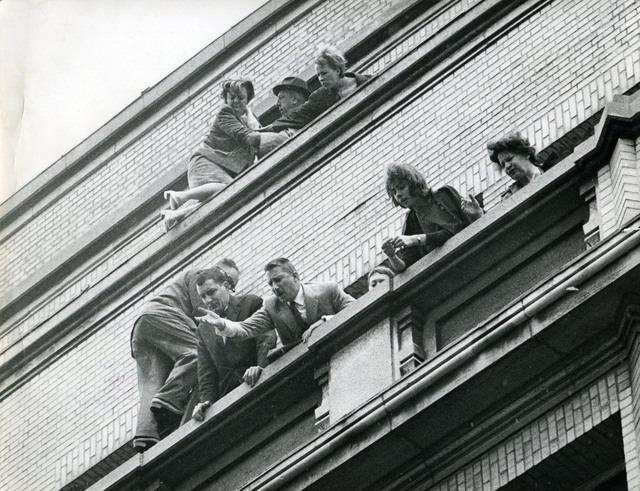


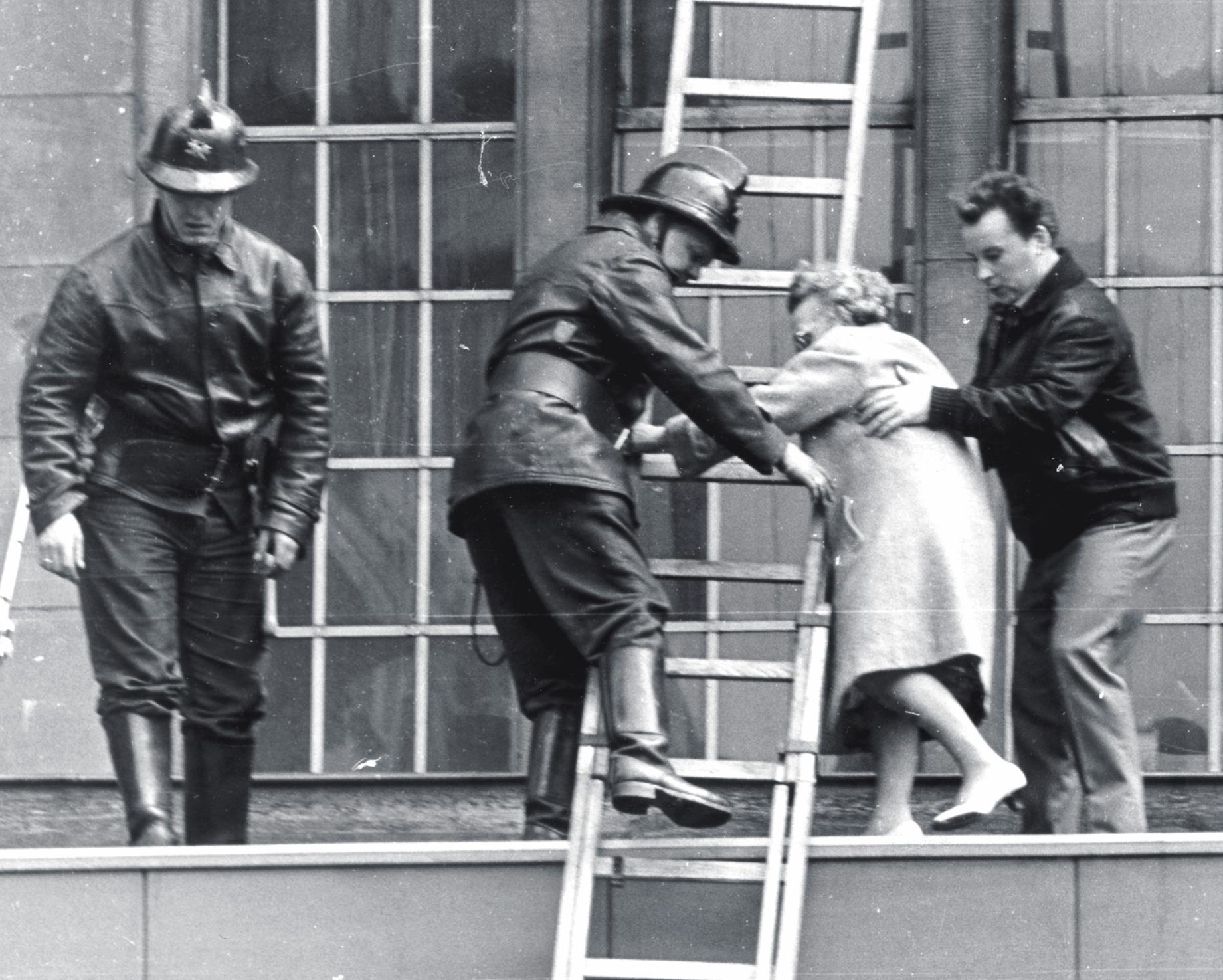
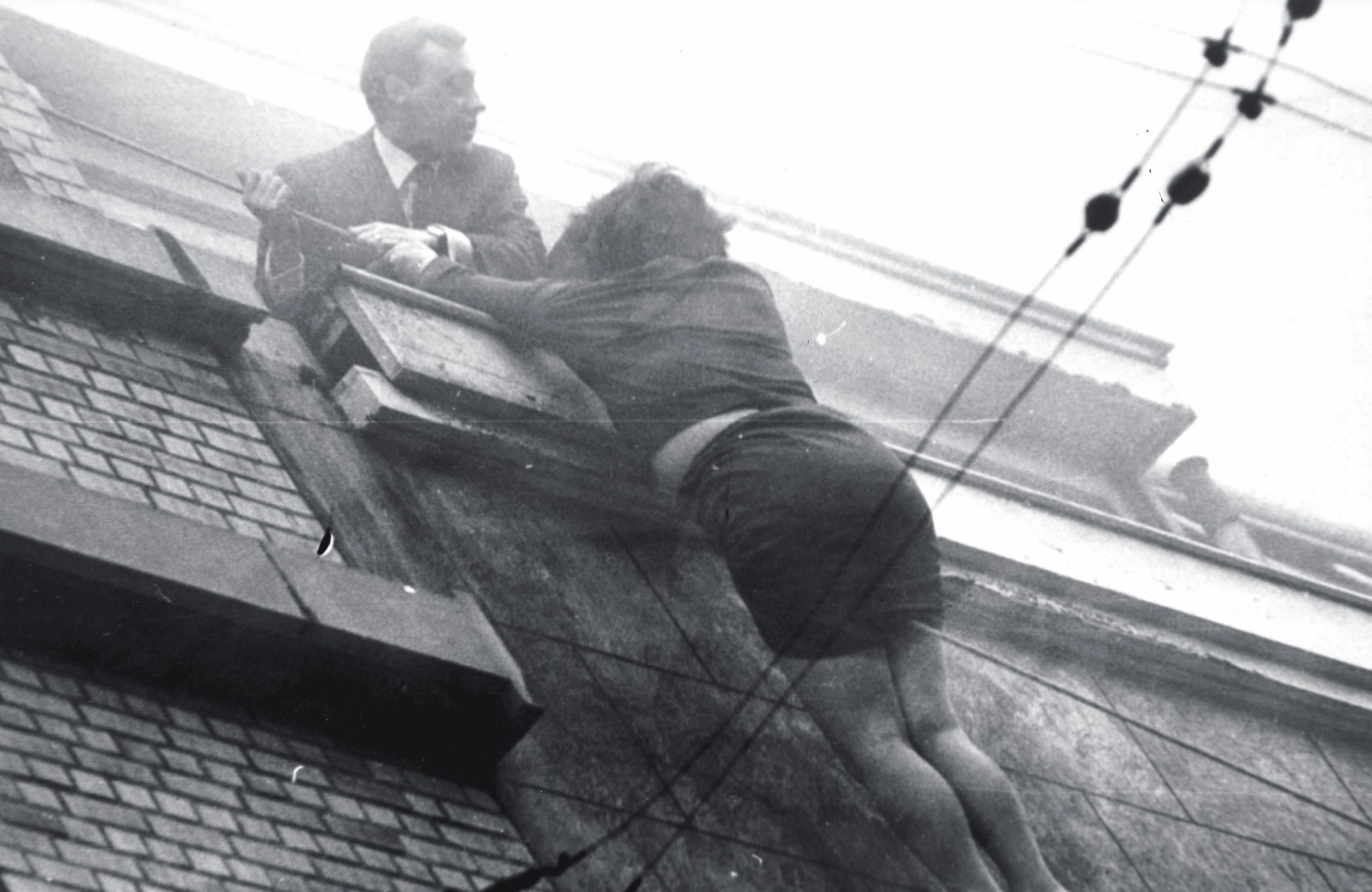

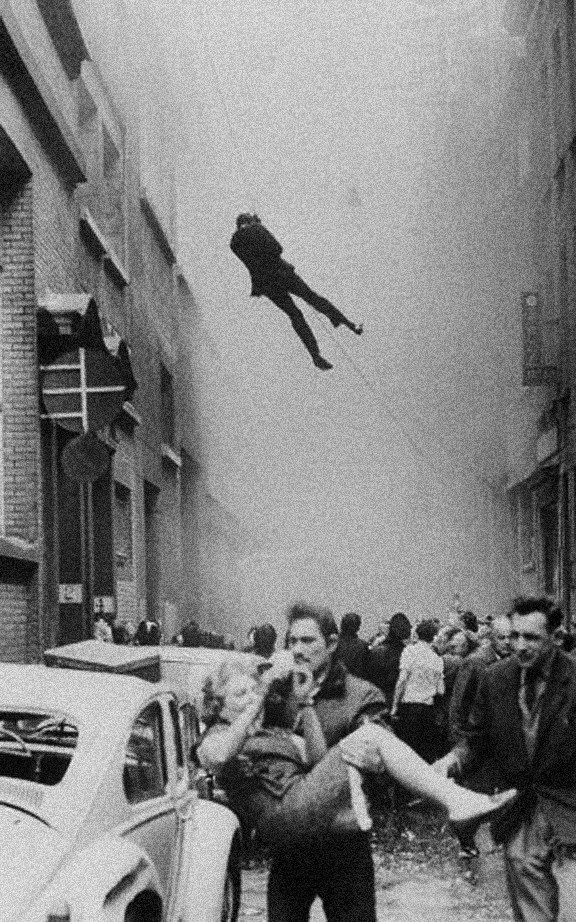

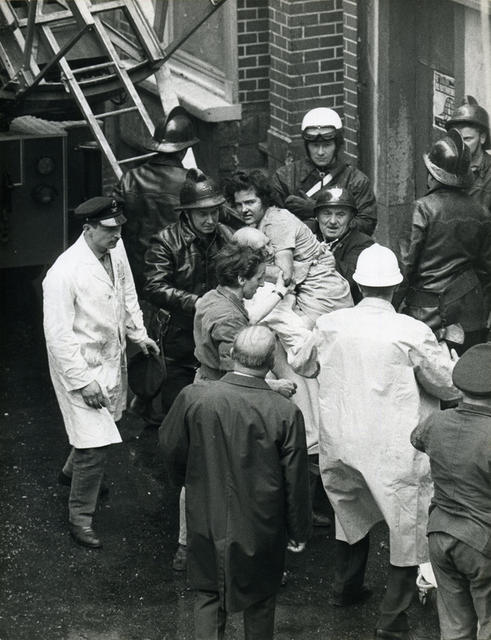


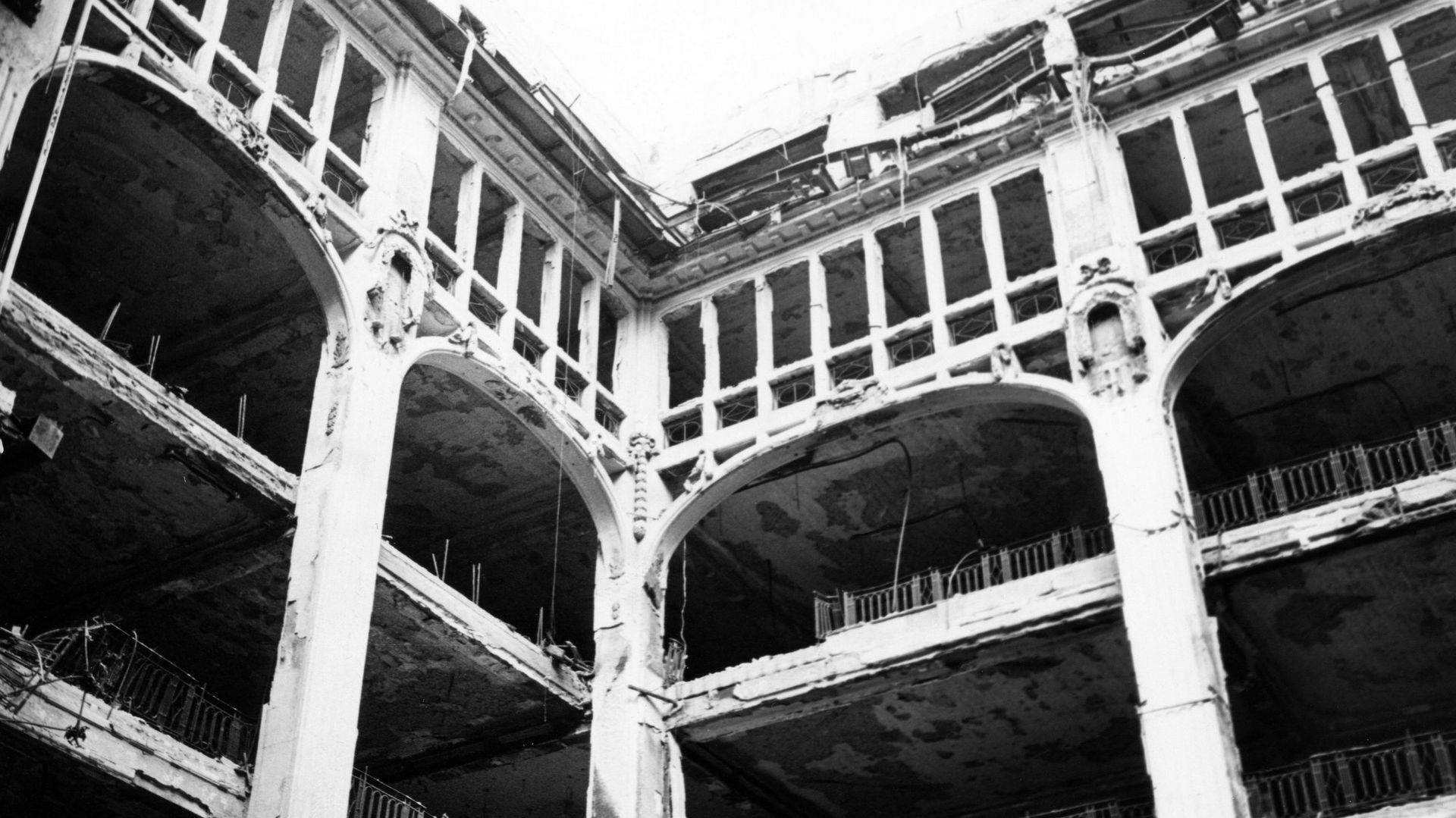

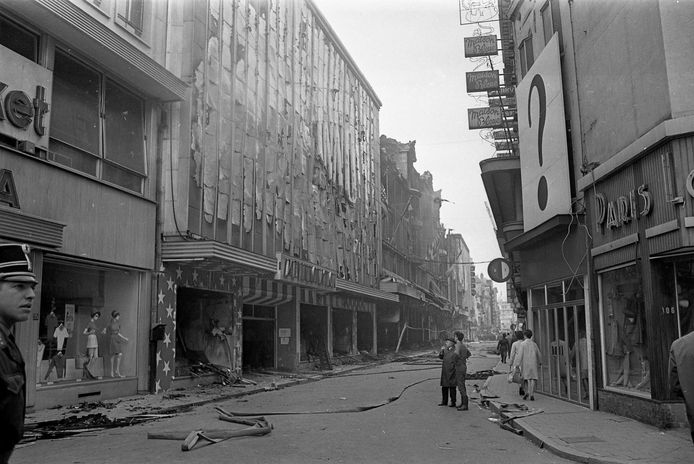






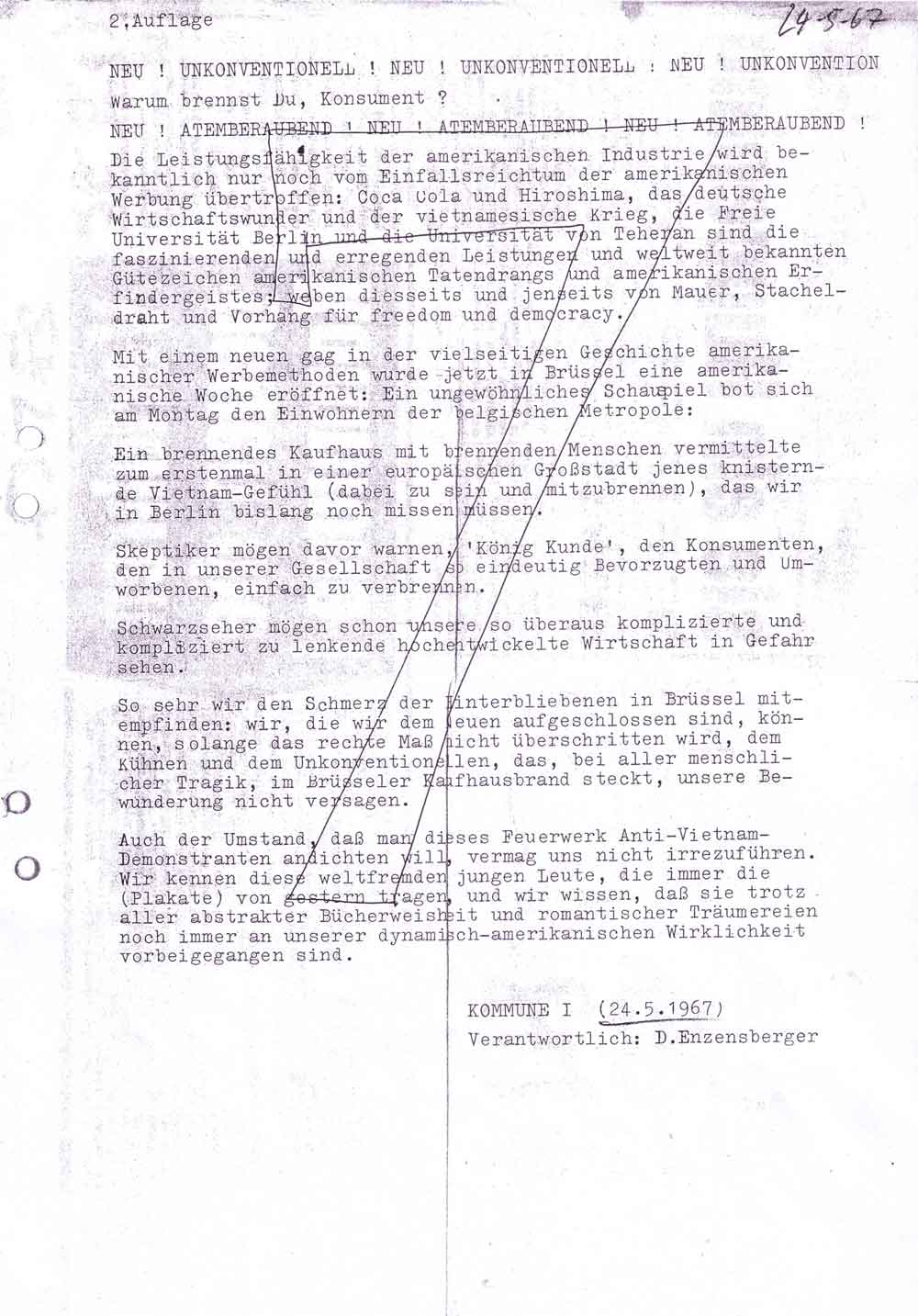


![[May 24, 1967] Heavyweight Champion (Avalon Hill's <i>Blitzkrieg</i>)](https://galacticjourney.org/wp-content/uploads/2022/05/670524box-672x372.jpg)
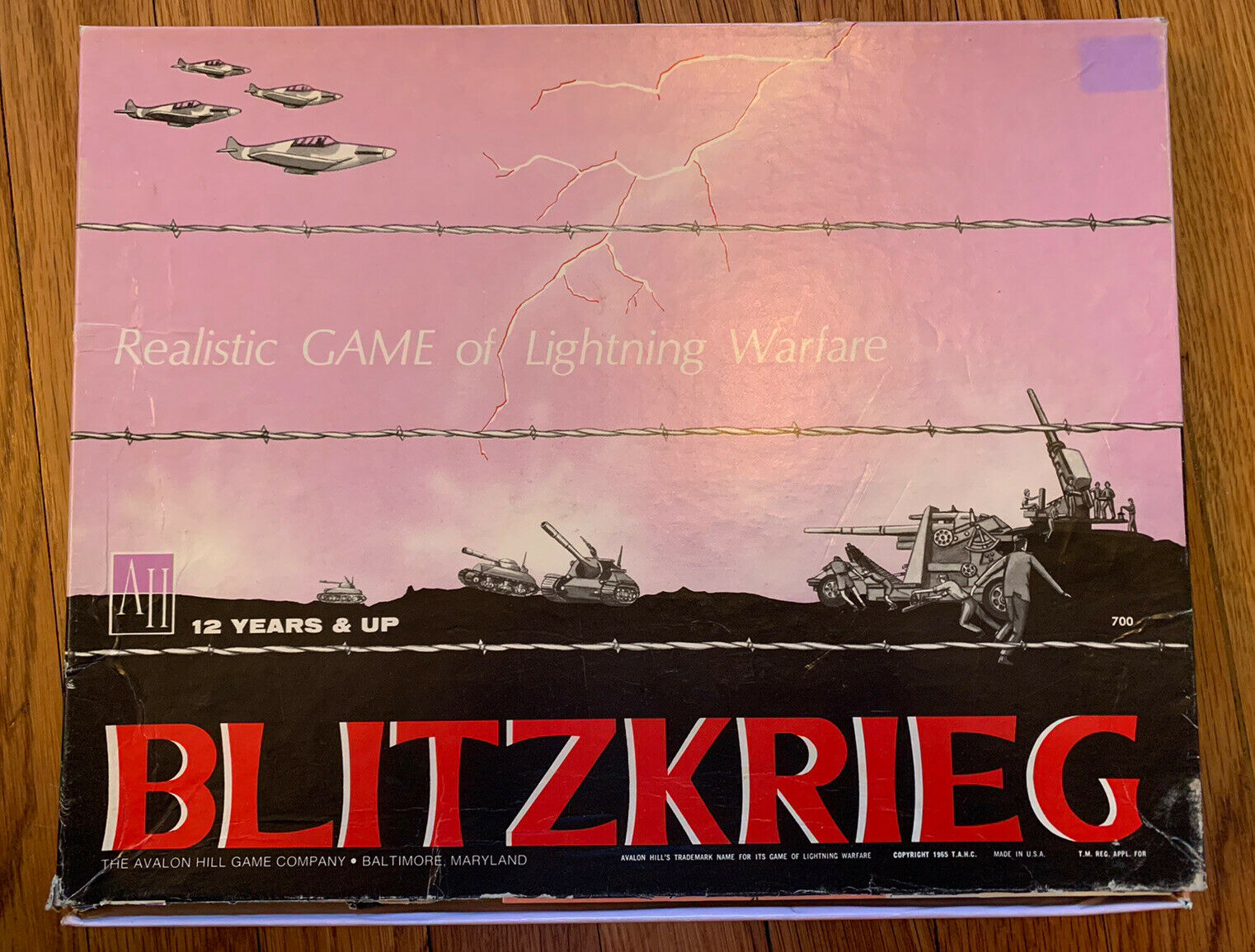












![[May 22, 1967] Parable in SF's clothing (The Space Trilogy, by C.S. Lewis)](https://galacticjourney.org/wp-content/uploads/2022/05/670522covers-672x372.jpg)


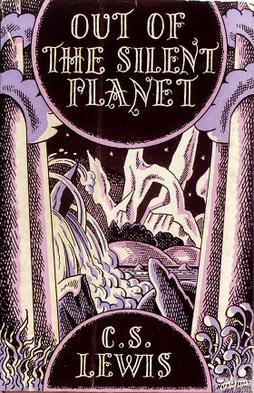


![[May 20, 1967] Field trips (June 1967 <i>Fantasy and Science Fiction</i>)](https://galacticjourney.org/wp-content/uploads/2022/05/670520cover-449x372.jpg)



![[May 18, 1967] After Dune (the fantastic setting of Yemen)](https://galacticjourney.org/wp-content/uploads/2022/05/5443721933_cce05bca34_b-672x372.jpeg)


